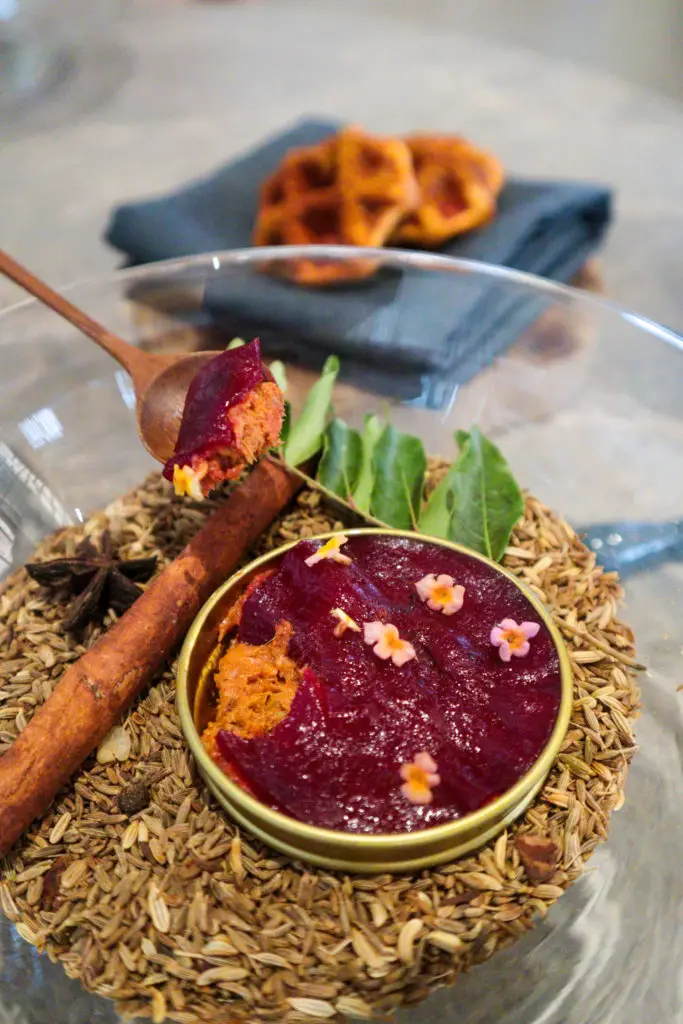
[Dec 2022 UPDATE: gēn Penang was added to the 2023 Michelin Guide KL and Penang list. Check out our Michelin post here]
[Nov 2022 UPDATE: gēn Penang chef-owner Johnson Wong was awarded the Young Chef Award by Michelin. See our Michelin post here]
[Non-halal] We had one of our best meals of 2021 at gēn Penang (pronounced “Ghern” with a silent “r”). We first spotted this fine-dining Penang restaurant during our trip last year, and made a note to reserve the next time we return to the island.
Fast-forward to December 2021 – here we are to sample their lunch tasting menu (RM200 per pax).
Since then, the restaurant made it into the illustrious list of Asia’s Top 100 restaurants this year (along with Dewakan and Nadodi in KL) which made us more excited for this meal.
Did our lunch at this fine-dining Penang establishment live up to our expectations? Read on to find out.
Fine-dining Penang at Gen Penang
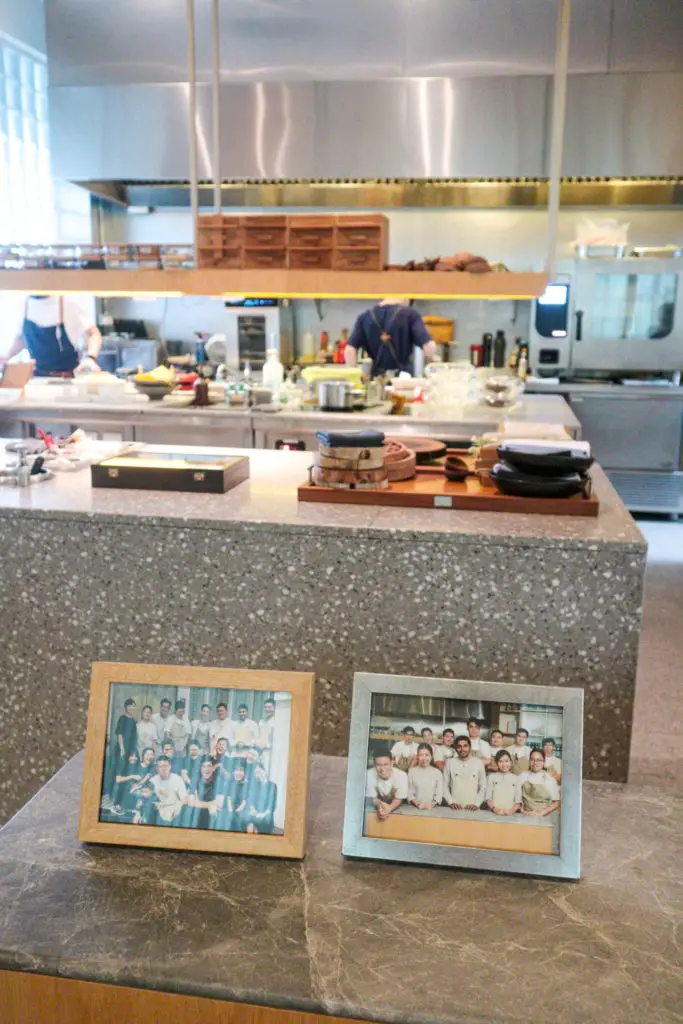
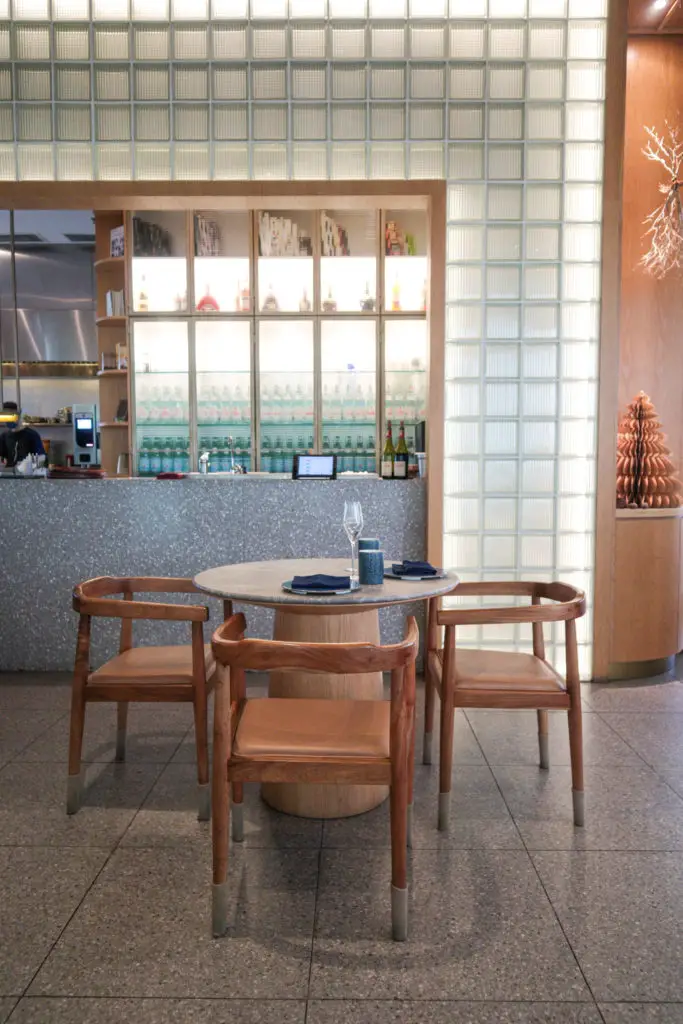
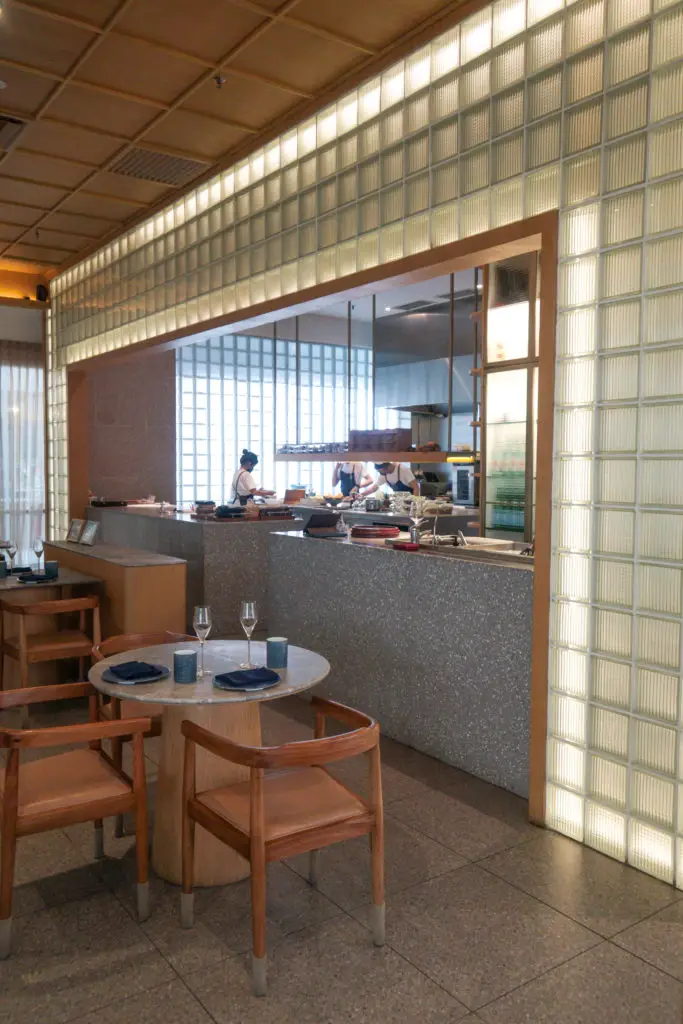
Gēn 根 offers a unique concept as the kitchen (helmed by Chef Johnson) showcases local quality produce to recreate nostalgic flavours using innovative cooking methods.
Each dish highlights a local produce which featured strongly in the chef’s childhood memories, or is relevant within the cultural context.
In fact, the word gēn 根 actually translates into ‘ground roots’ – as the kitchen aims to keep true to its roots of using local ingredients.
Gen Penang showcasing local produce
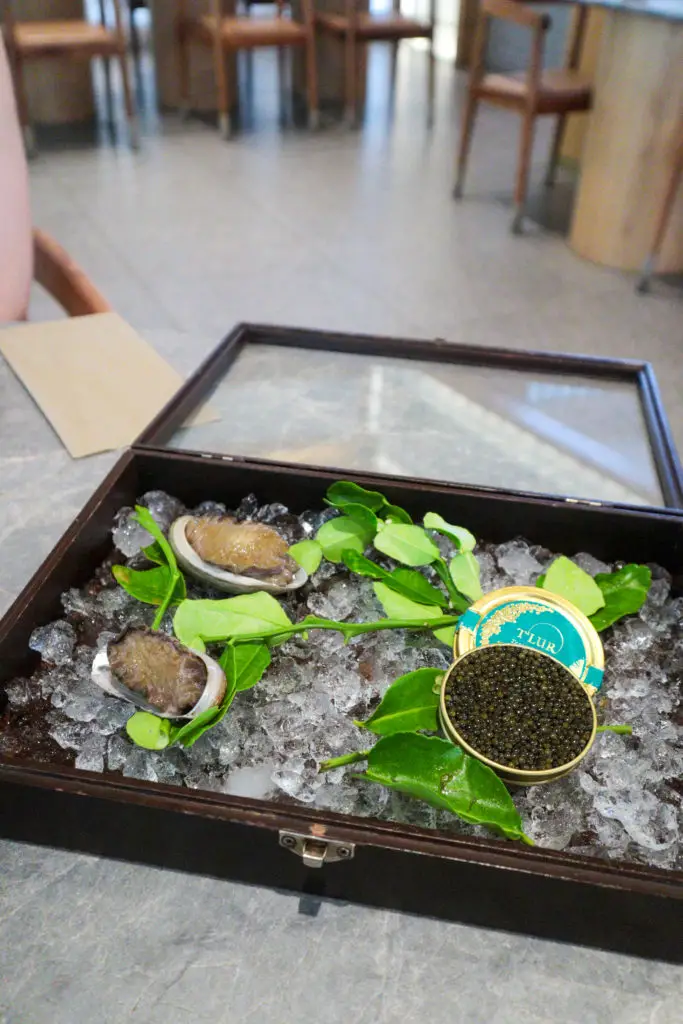
The 7-course tasting menu we enjoyed featured local produce such as white corn from Cameron Highlands, Bengali bread (a local Penang specialty), Sarawak peppercorns, and dabai – an olive-like fruit native to Sarawak.
Special items at Gen Penang – Sempoerna abalone and local caviar
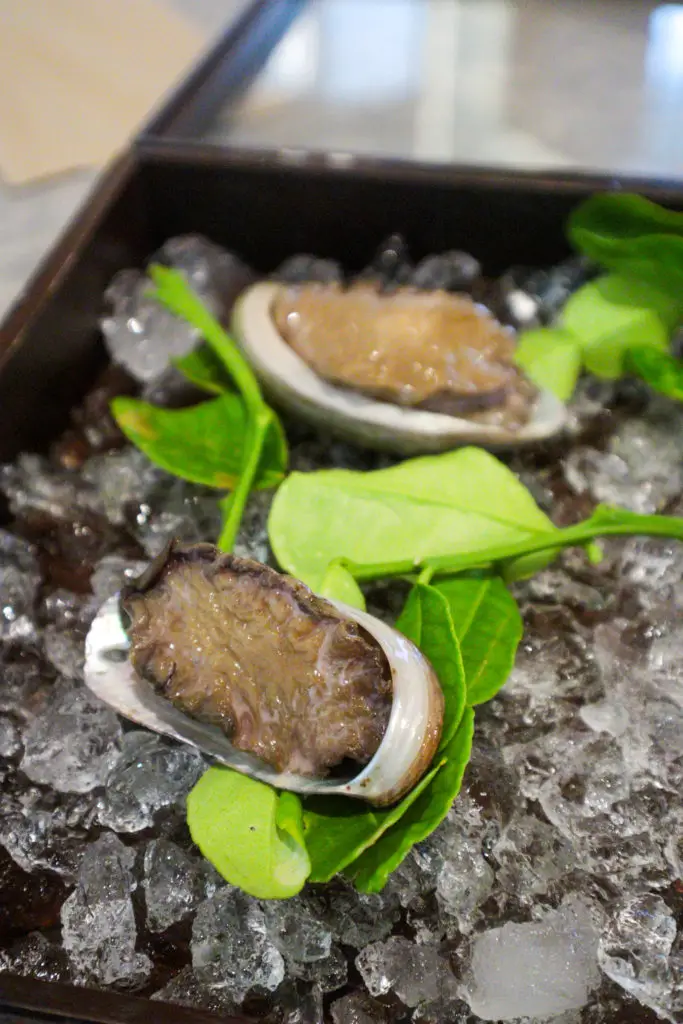
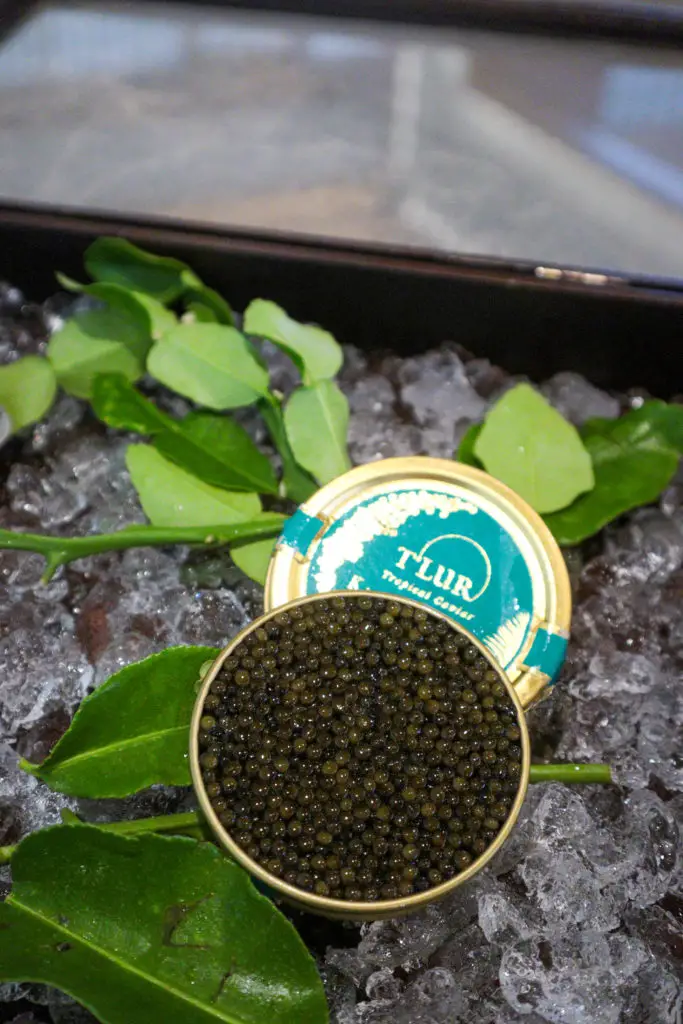
We also opted for another two special dishes that day – abalone from Semporna Sabah (sourced from our friends at FishForIt! no less), and locally-produced Kaluga Amur Caviar from T’lur.
These cost an additional RM100 each for the abalones, and RM120 for one portion of caviar – a decent price considering the quality and quantity.
Note that gēn’s menu rotates frequently based on the fresh produce available. Hence, our dishes and experience might differ from yours.
Enter the Dragon Chives
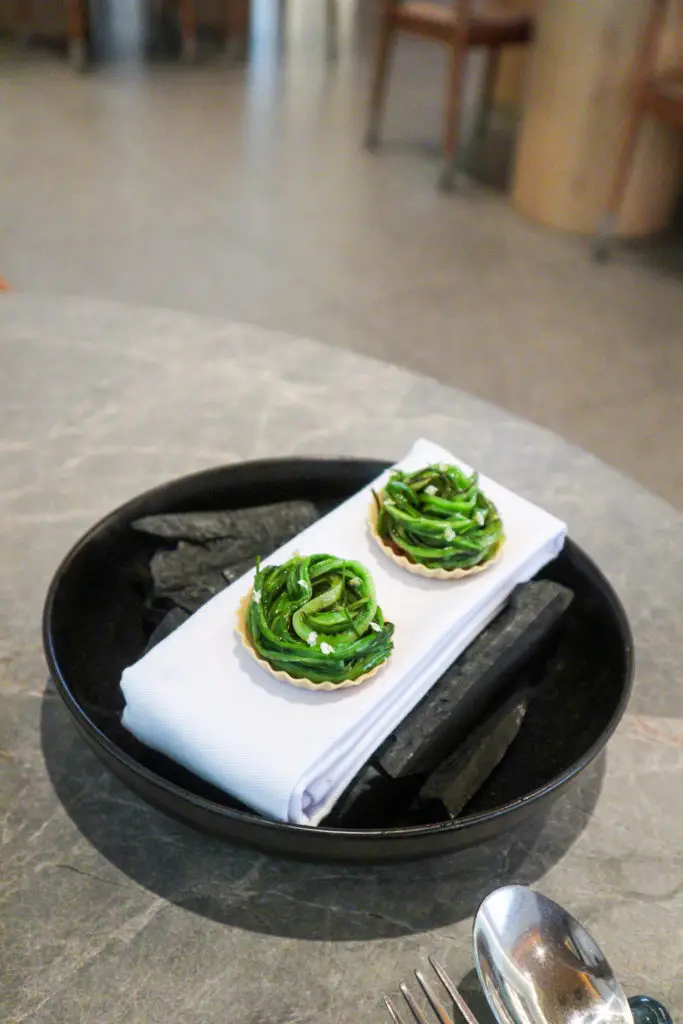
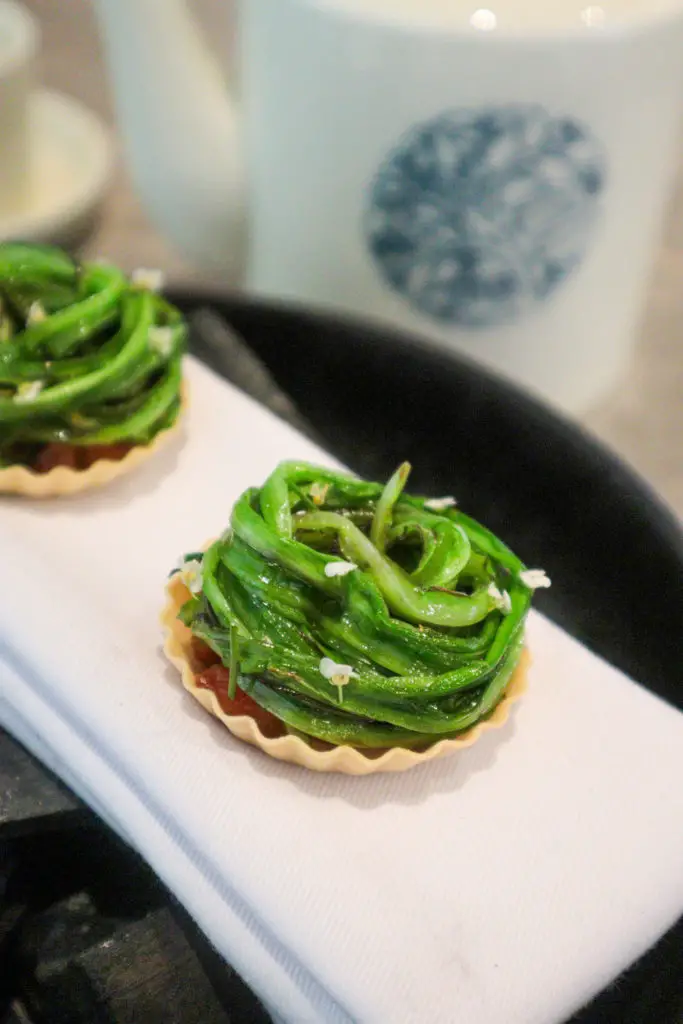
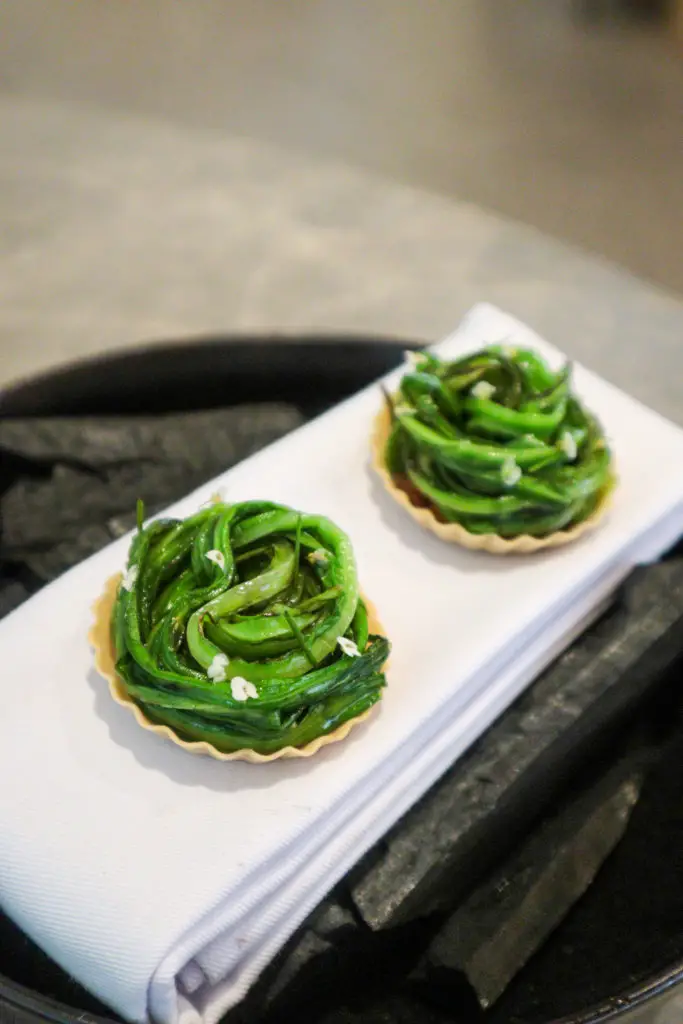
Our meal kicked off with Dragon Chives (also known as 青龙菜 or Chinese chives) – a local vegetable you can find at most Chinese restaurants or banquet halls – served on top of roasted pork in a crispy Nyonya pie tee tart shell.
This was a nice starter from Gen Penang – the dragon chives were fried delicately (reminiscent of the stir-fry variety) with a hint of garlic, and the pork bits were crispy. The pie tee had a good crunch too.
Ice-cream sandwich
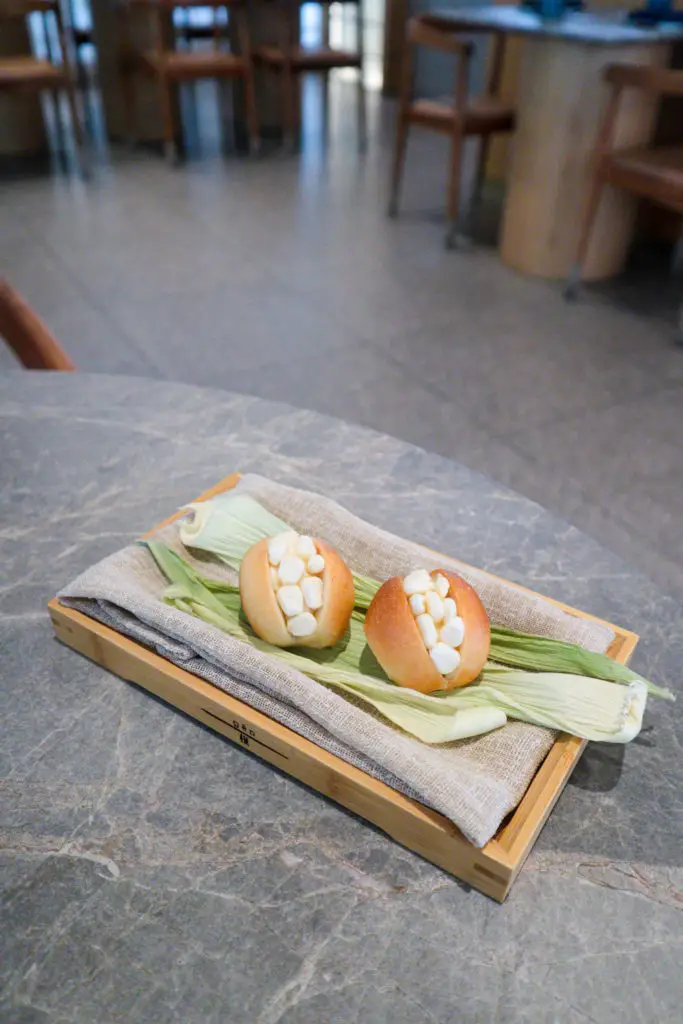
The next item featured Cameron white corn with cream in between Bengali bread – presented as an ice-cream sandwich.
We enjoyed the natural sweetness of the corn, which blended very well with the cold cream and slightly salted Bengali bread.
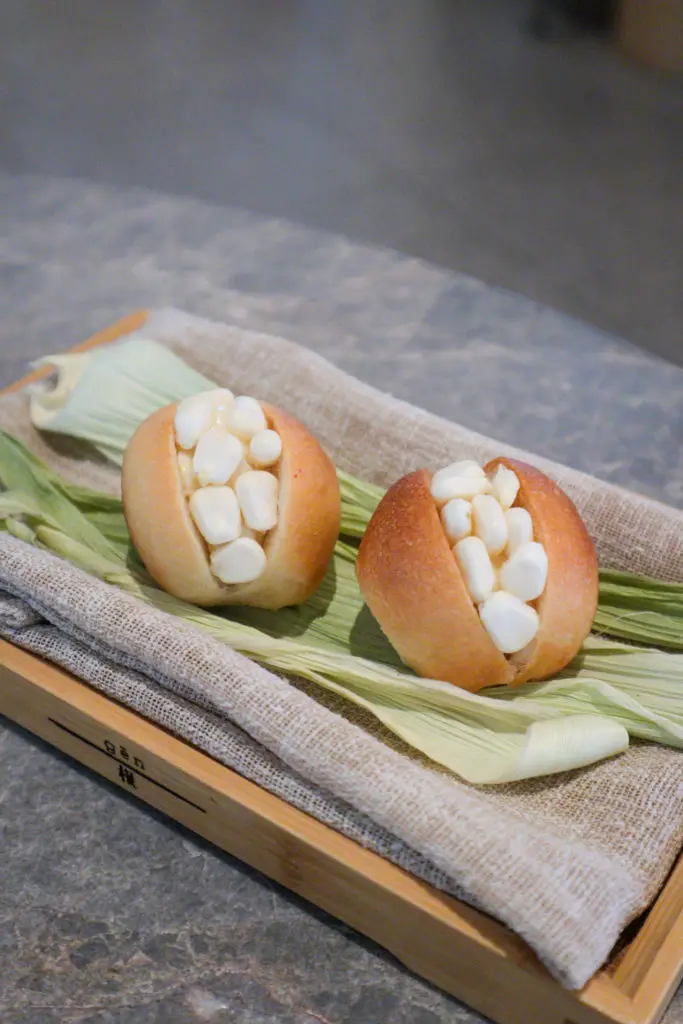
For the uninitiated, Bengali bread is a local specialty (originated by a local Indian Muslim but colloquially called roti Bengali here in Penang) – often sold by traveling bread men on motorbikes (roti man!).
Gēn’s version is slightly more salty and puffy than the original Roti Bengali we tried later – which is best suited for kaya toast or dipped in curry given its crispy crust and soft white bread.
Beetroot, sardine rendang, and curry leaves
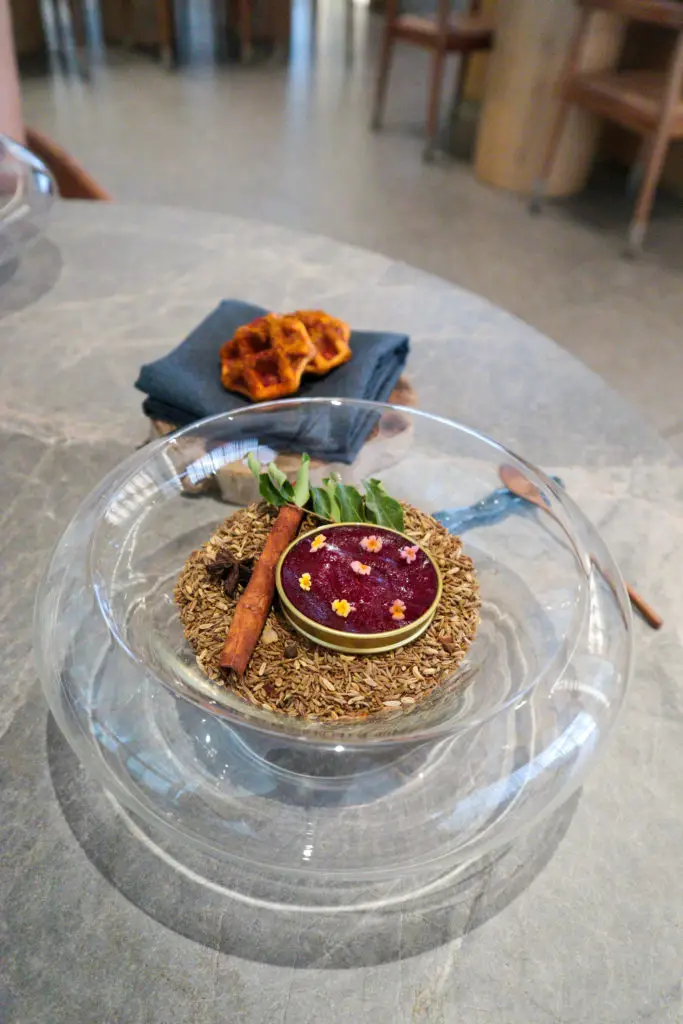
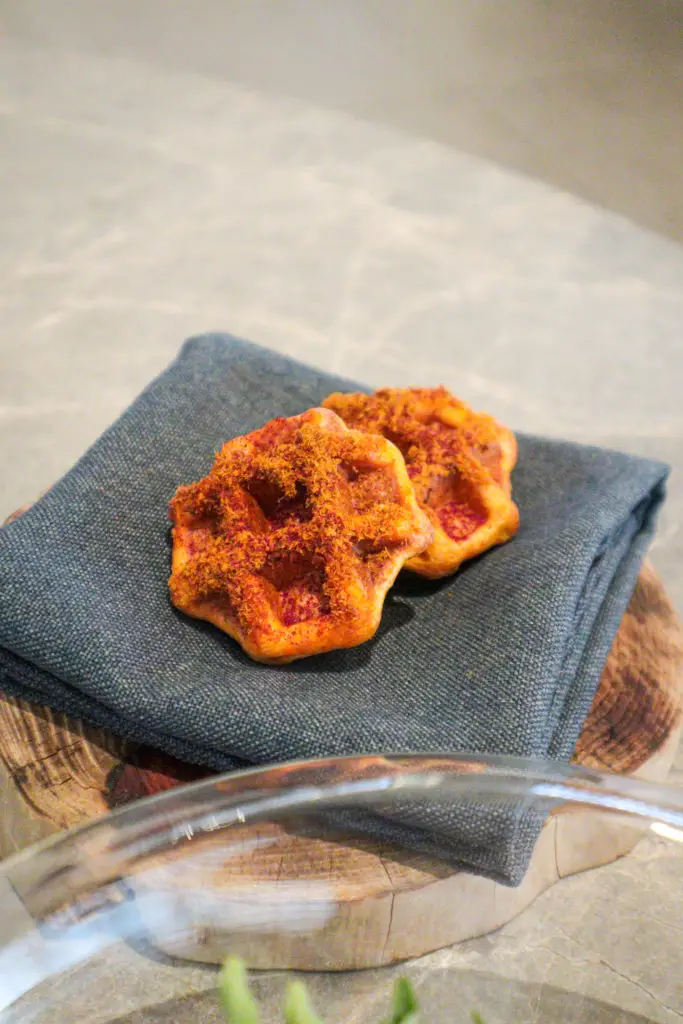
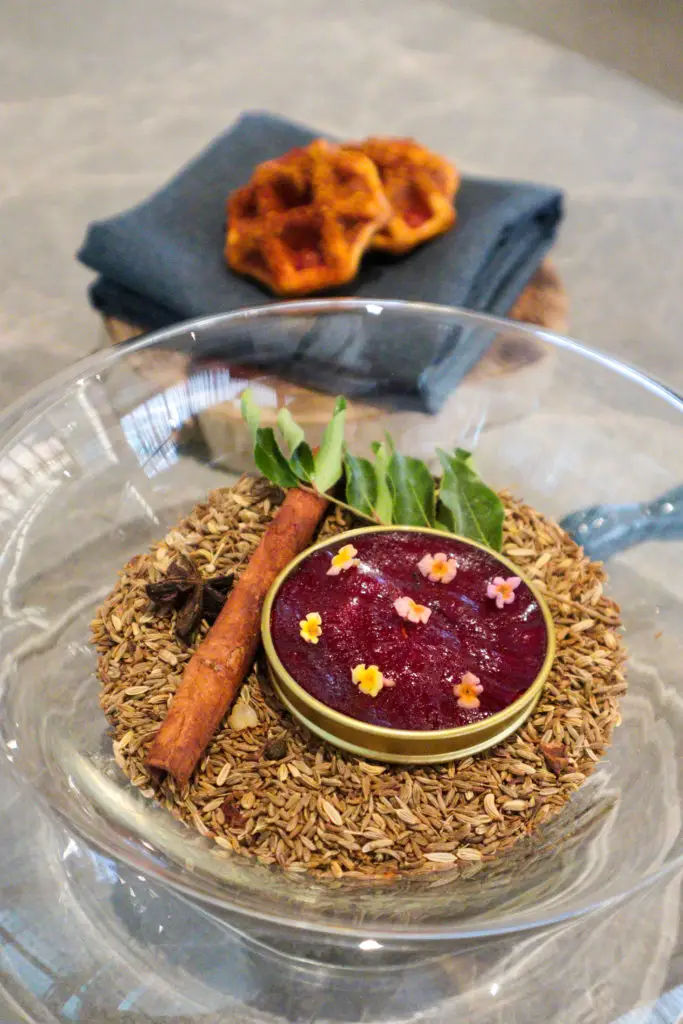
Our meal began to get exciting with our third dish – Beetroot served on a bed of sardine rendang with a side of waffles.
This was an eye-opening experience as we never expect the strong Rendang spices to go well with sardine, or beetroot to ever be in the same mouthful with sardine, but they worked here.
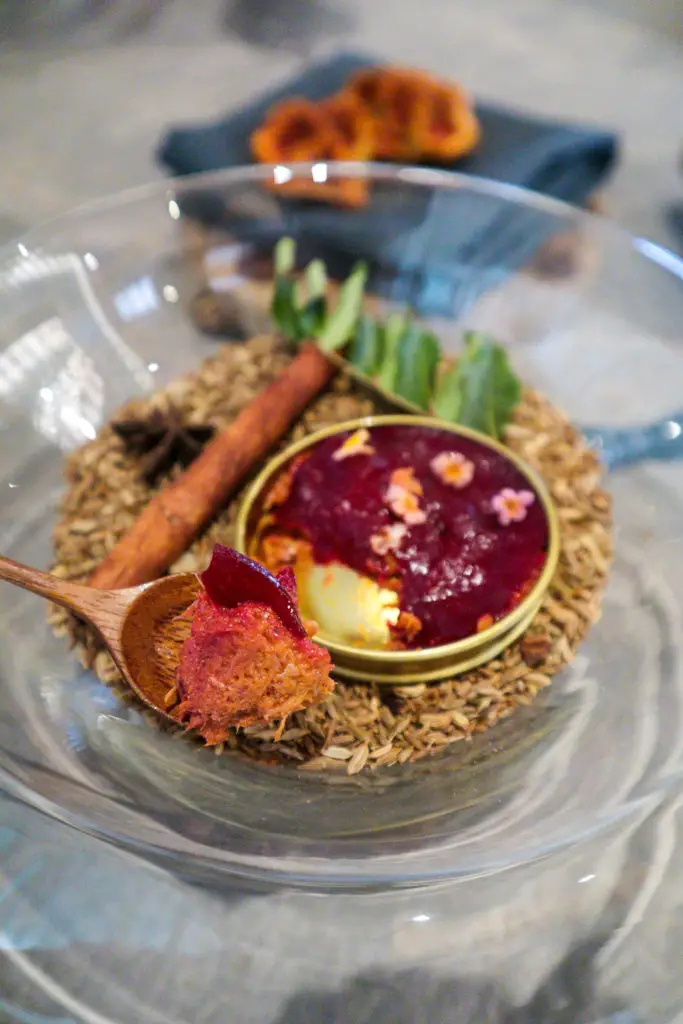
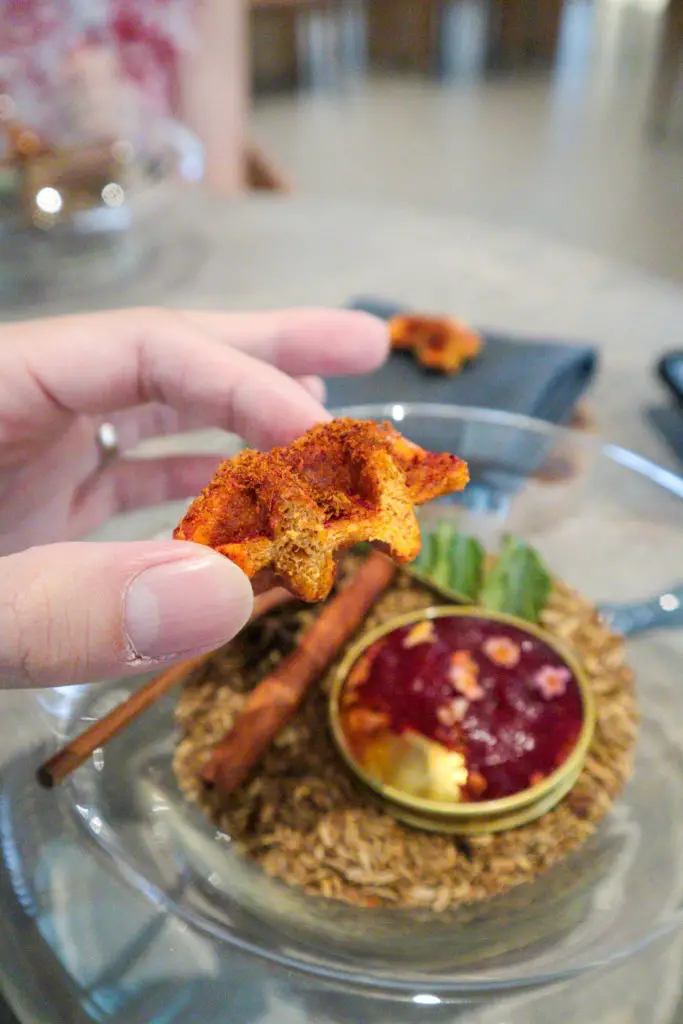

The sweetness of the beetroot paired well with the sardine, with hints of rendang spices like cumin and fennel. The waffles were also soft and fluffy and topped with “rendang floss”. The rendang spices were specially sourced from the local market.
Hello, caviar!
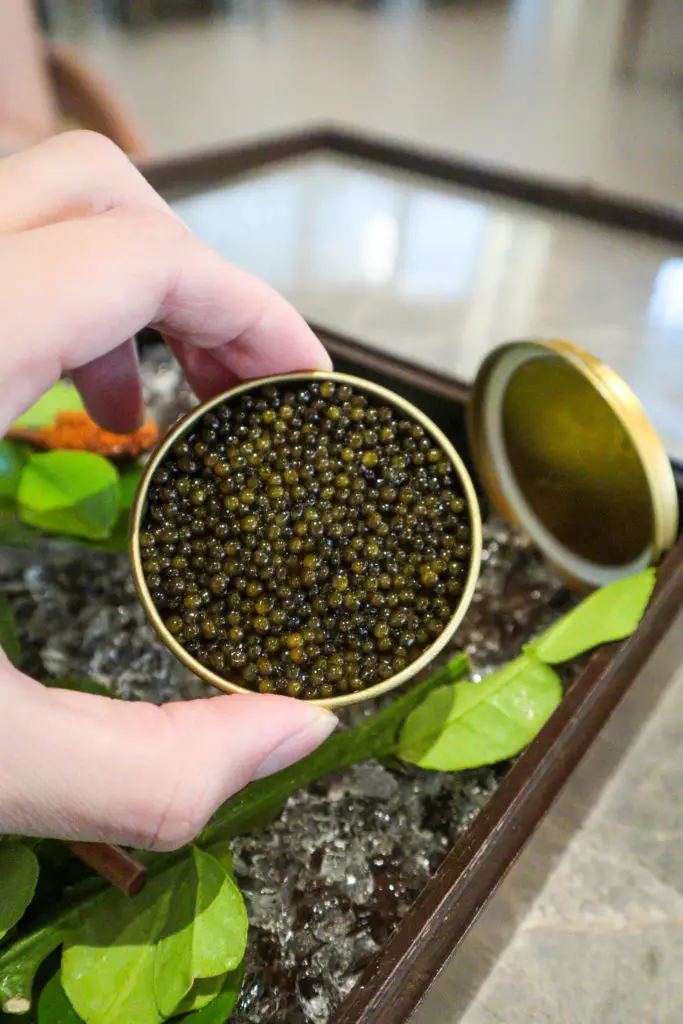
Finally, our caviar arrived! The salted Sturgeon roe was presented in its tin, but a scoop revealed cured prawns at the bottom.
However, the dish starts by eating a spoonful of ginger torch (bunga kantan) sorbet served with galangal floss!
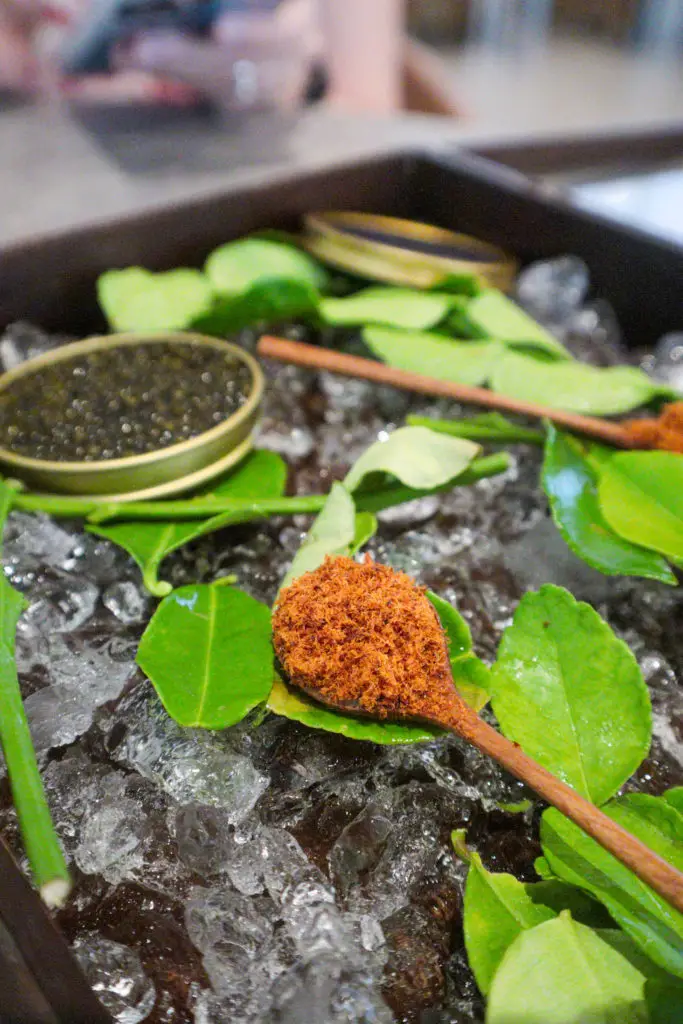
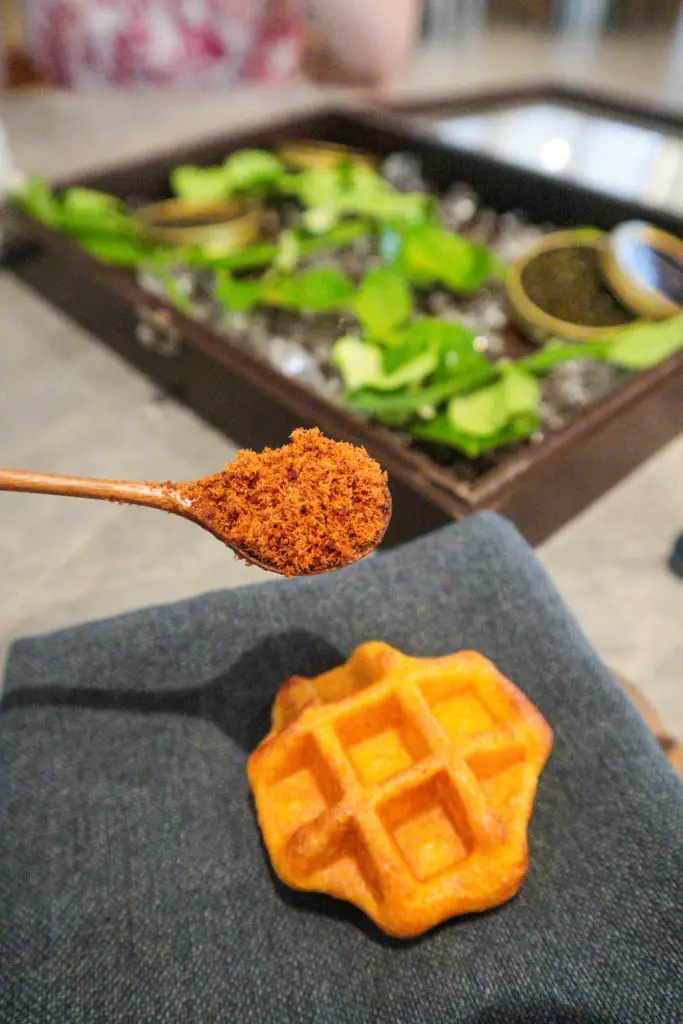
This was most excellent – the combination of bunga kantan and galangal flavours were uniquely piquant and floral. The bunga kantan sorbet was such an eye-opening delight (our eyes literally opened wide haha) as it sucker punched our taste buds and prepared it for the caviar (drama description for a dramatic moment).
Ming loved this the most and wonders if gēn 根 would sell bunga kantan sorbet on its own in the future? 😀
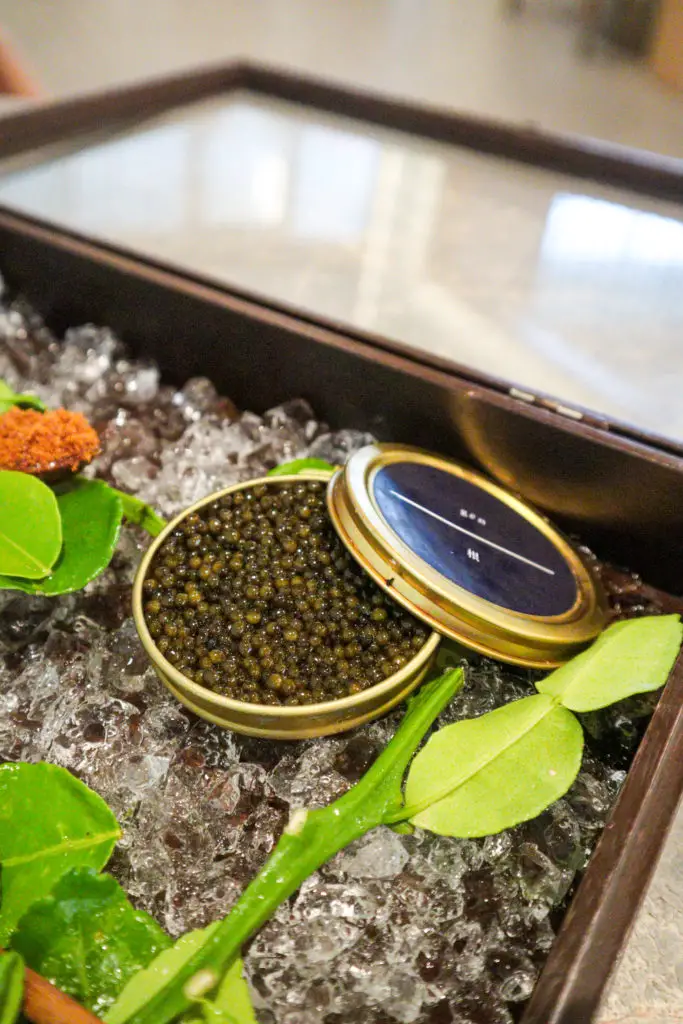
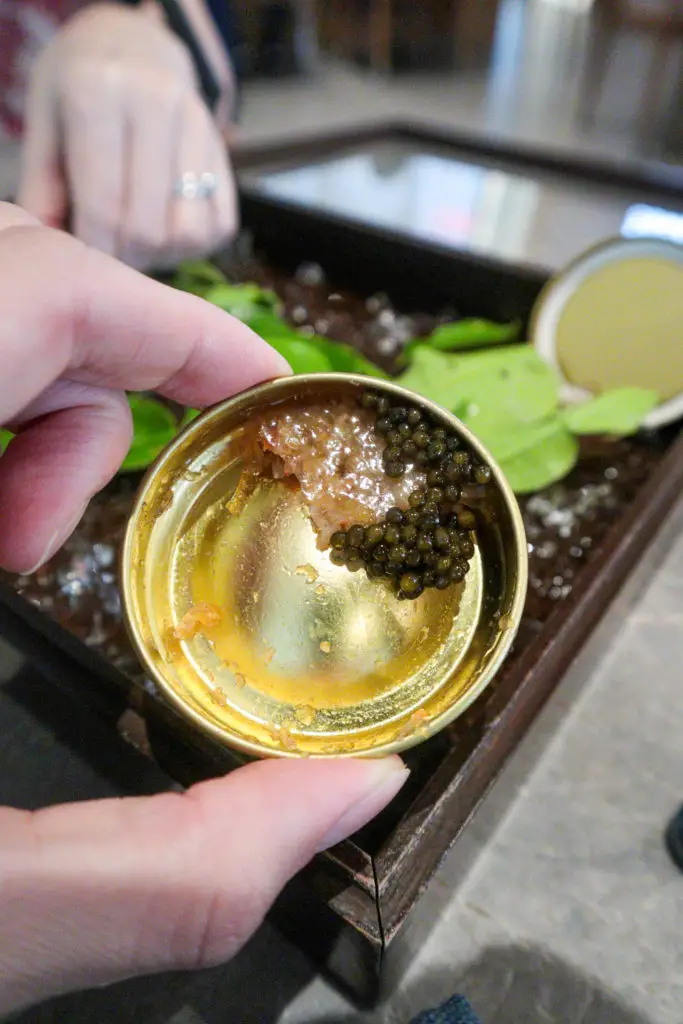
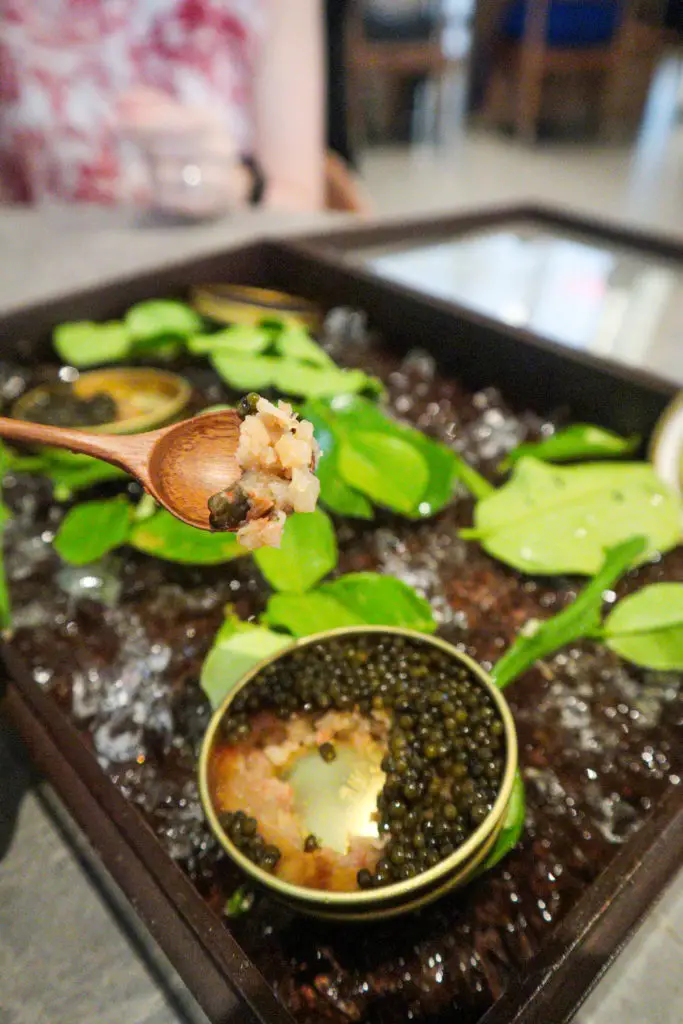
The Kaluga Amur caviar was superb. On its own, it was slightly briny and mildly salty – which went really well with the succulent cured prawns. The caviar was served with warm waffles.
Semporna abalone!
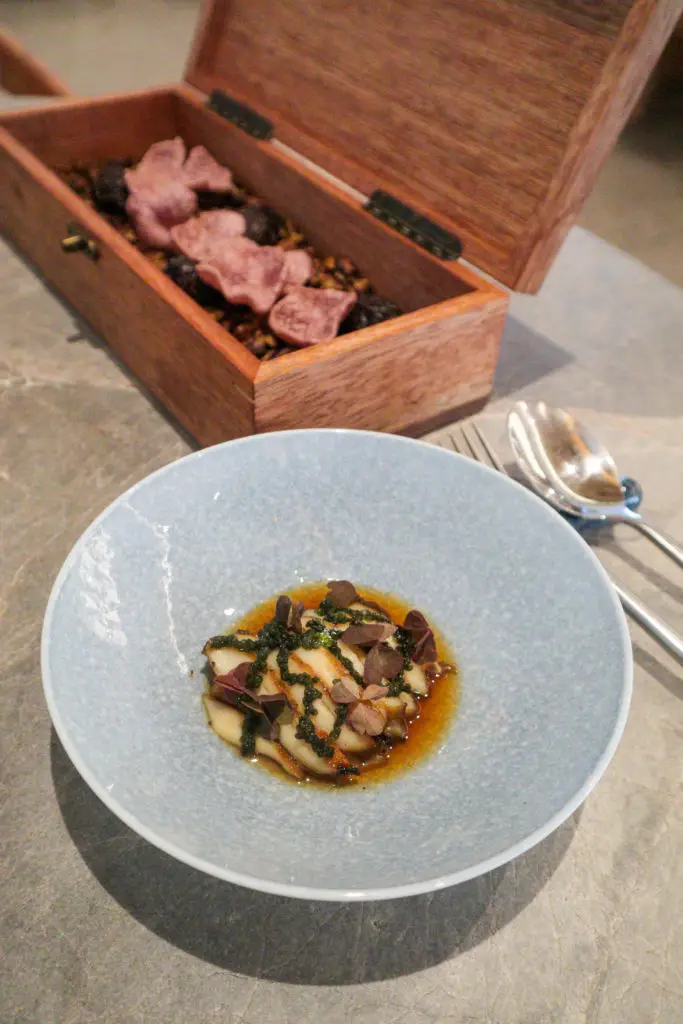
Next on the menu was the Semporna abalones – lovingly braised for 8 hours to yield tender flesh. The abalones were served with grilled tomatoes, sea grapes, and dabai cream.
This was another excellent dish! The abalones were braised to perfection with a good bite and blended well with the sour notes of the tomatoes and piquant sea grapes.
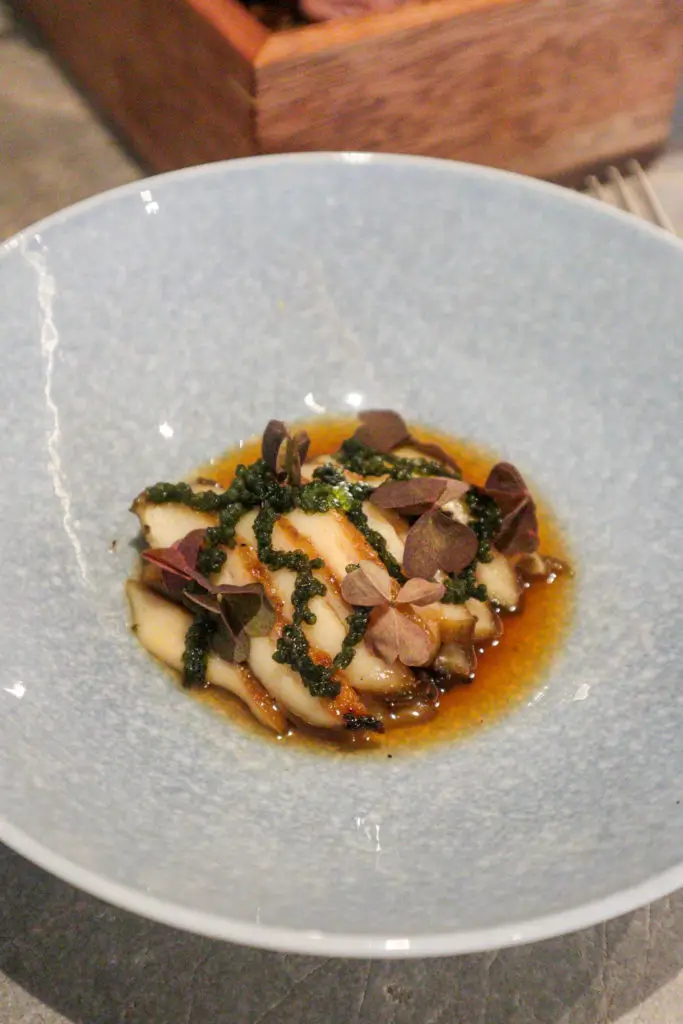
The sauce was a combination of wild honey and chilli oil – which lent a hint of caramelised honey richness and peppery heat.
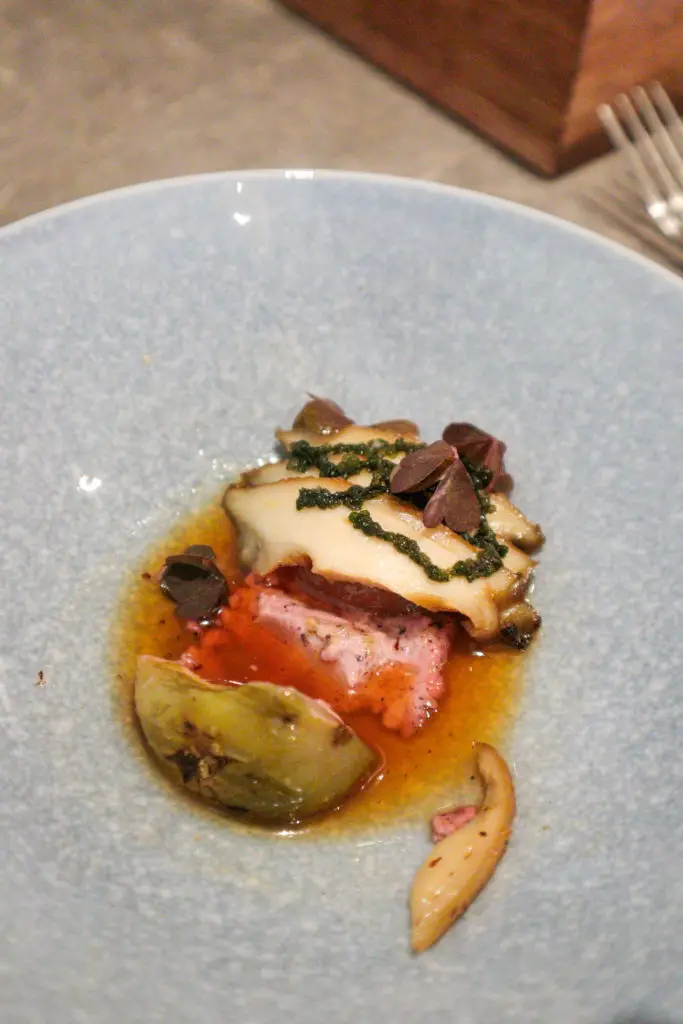
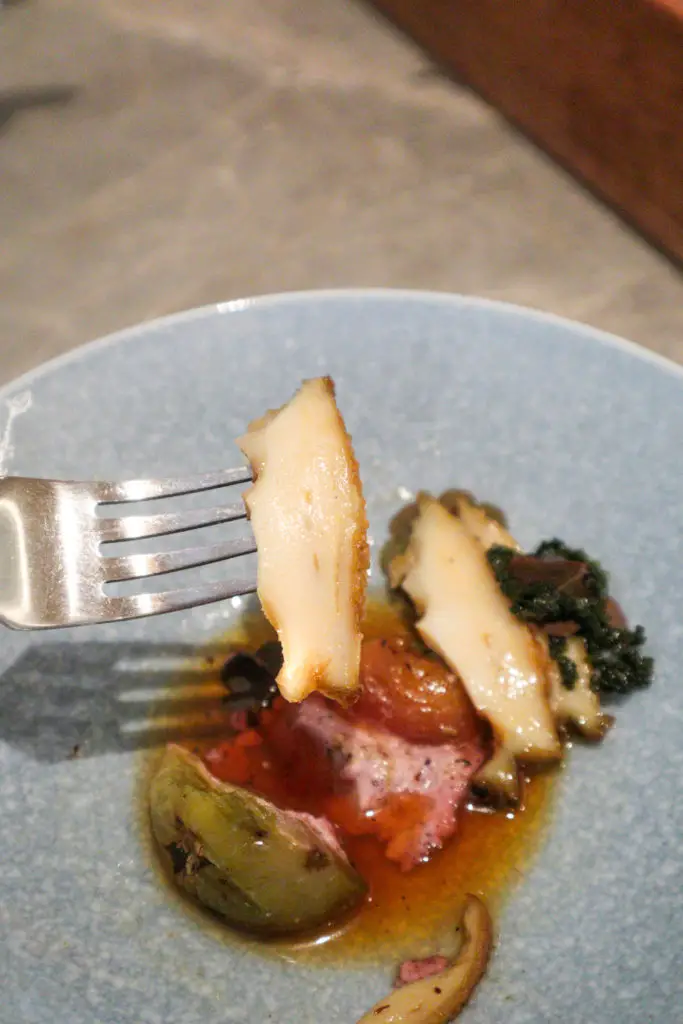
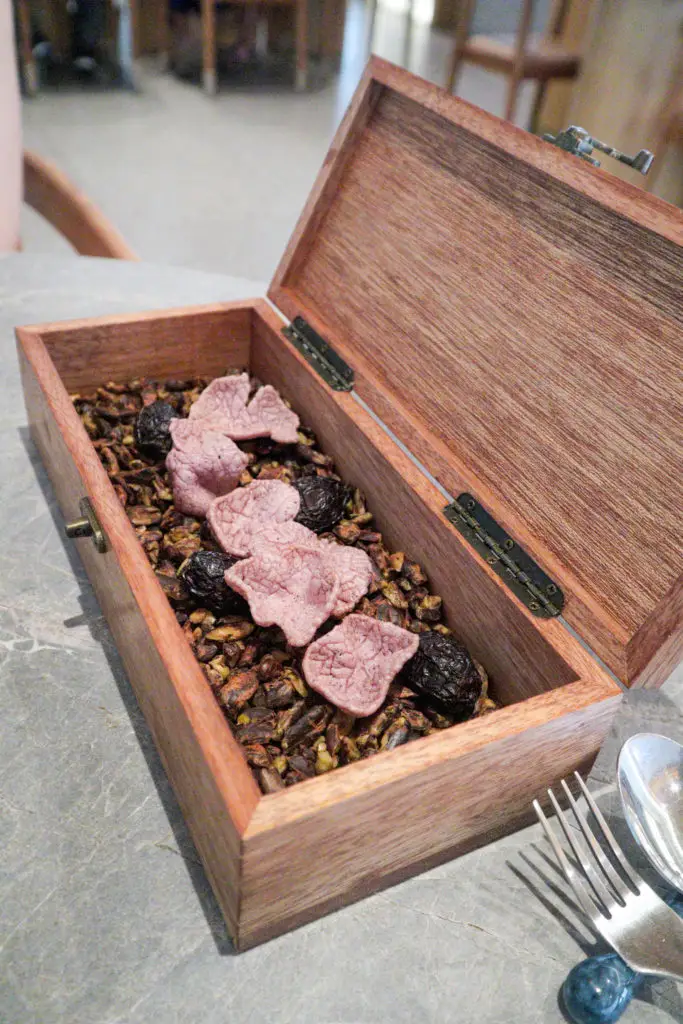
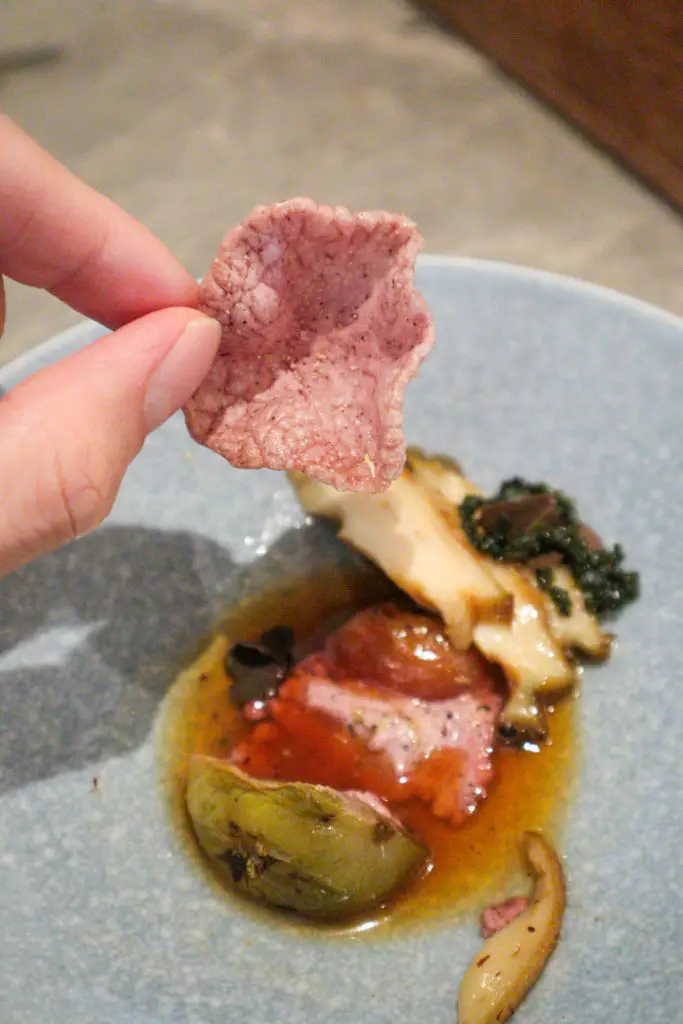
Juicy threadfin fish
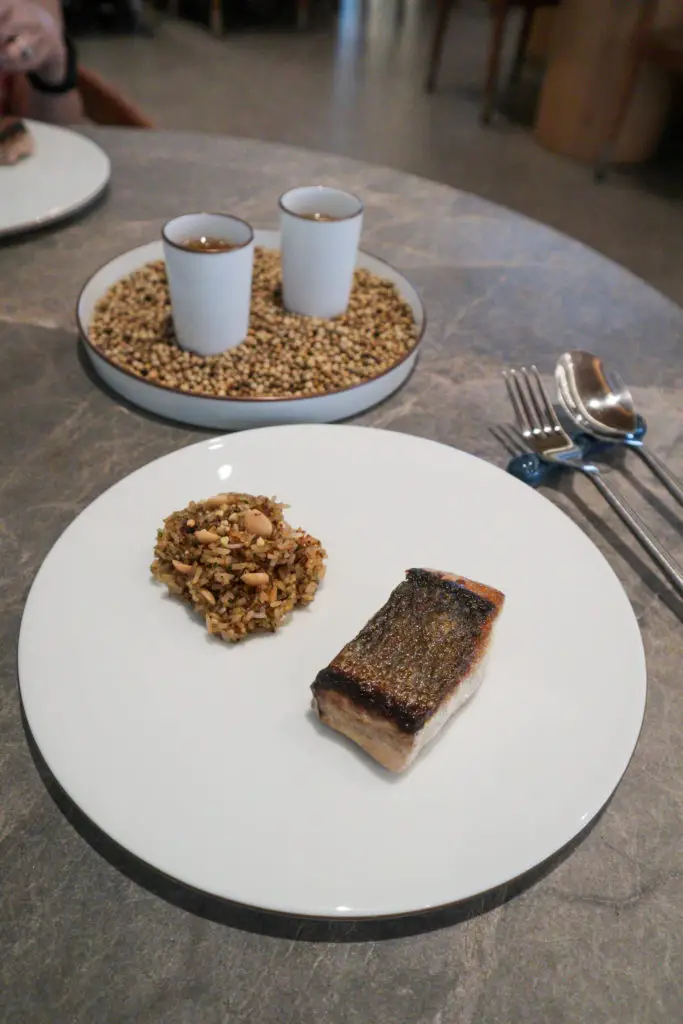
Our next dish – threadfin fish was absolutely fresh and juicy, with nice crispy skin and flesh that eked out juices whenever cut. We didn’t catch how it was cooked, but believed it was baked and then seared extremely well.
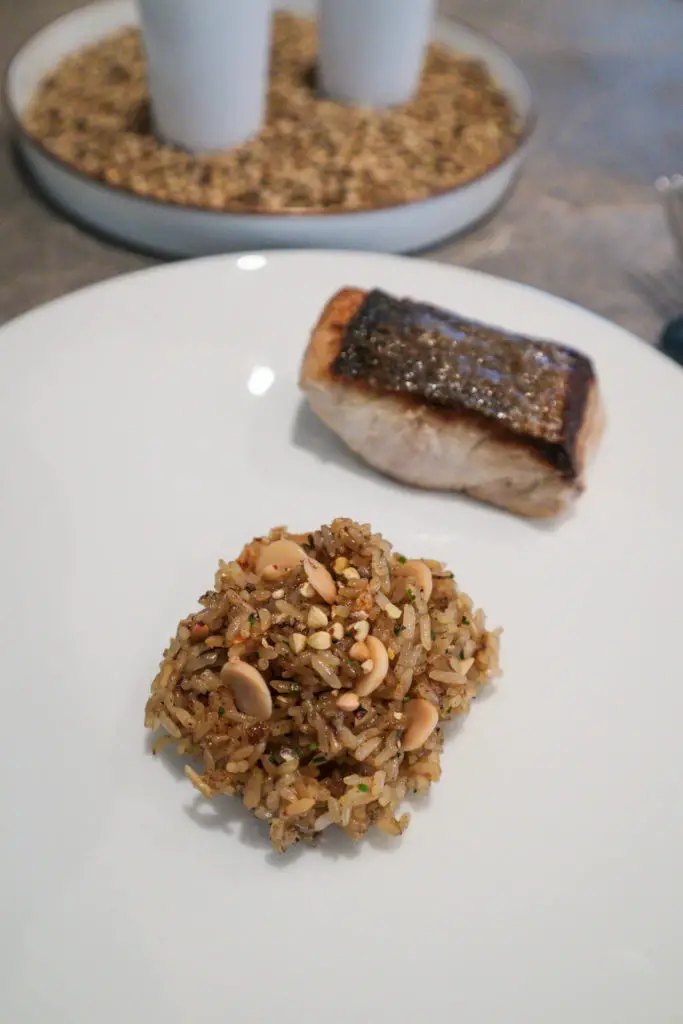
The fish was served with gēn’s version of claypot rice – which paired well with the fish given its nutty flavours and floral hints from crushed Sarawak peppercorns.
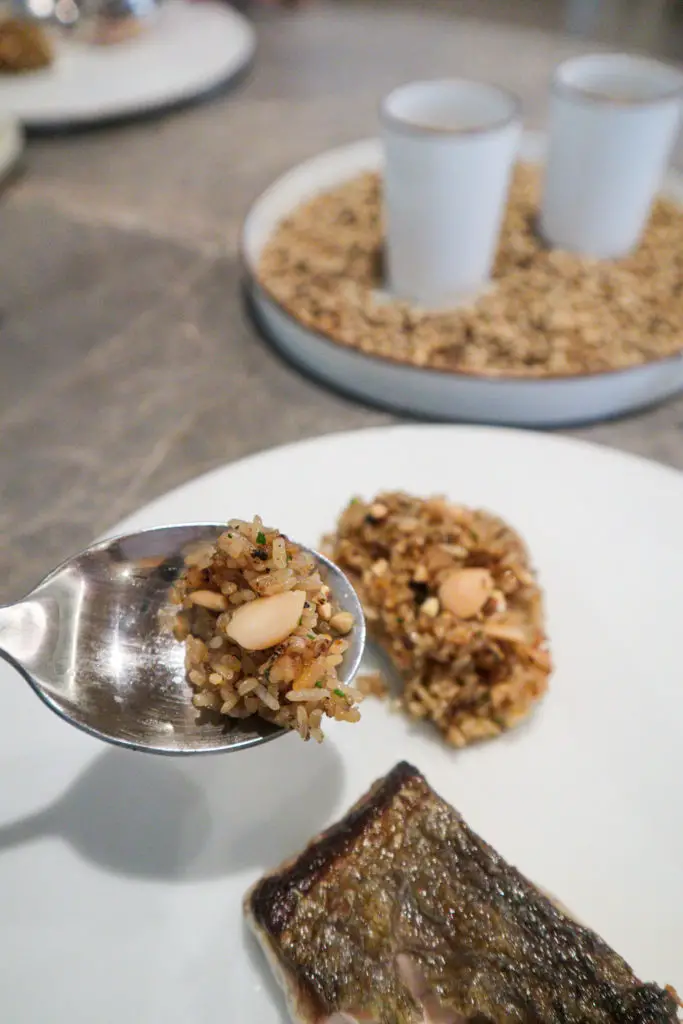
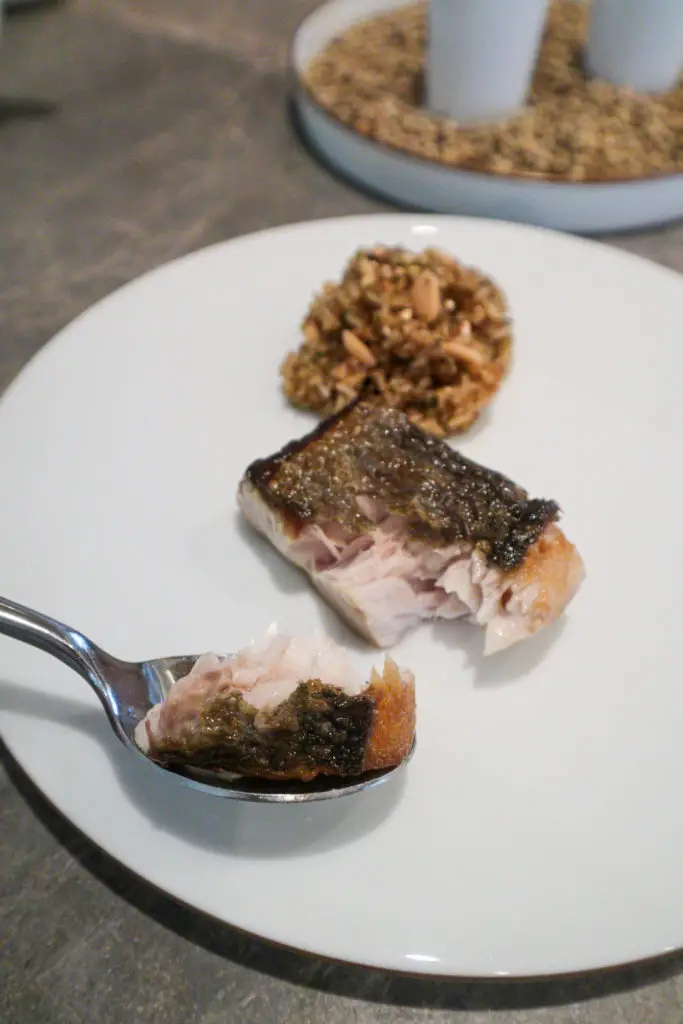
The accompanying fish broth was a standout as well – mildly sweet with soft finishes of sawtooth coriander and crushed peppercorns. This reminded us of the pure and tasty fish essence we got when we steamed fish, but with so much more flavour here.
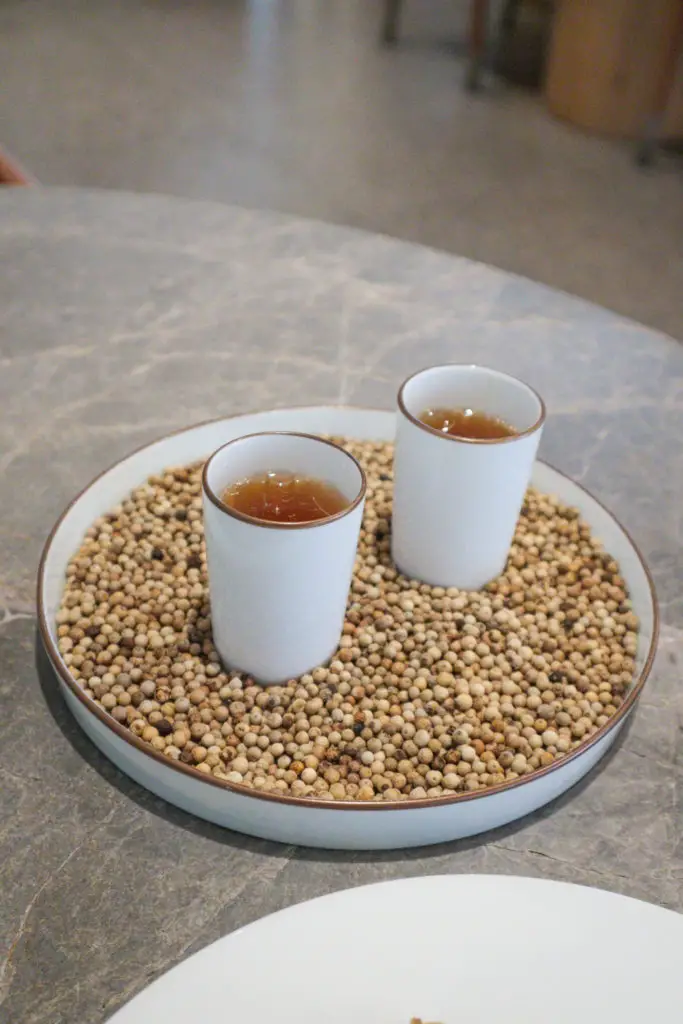
Dry-aged duck
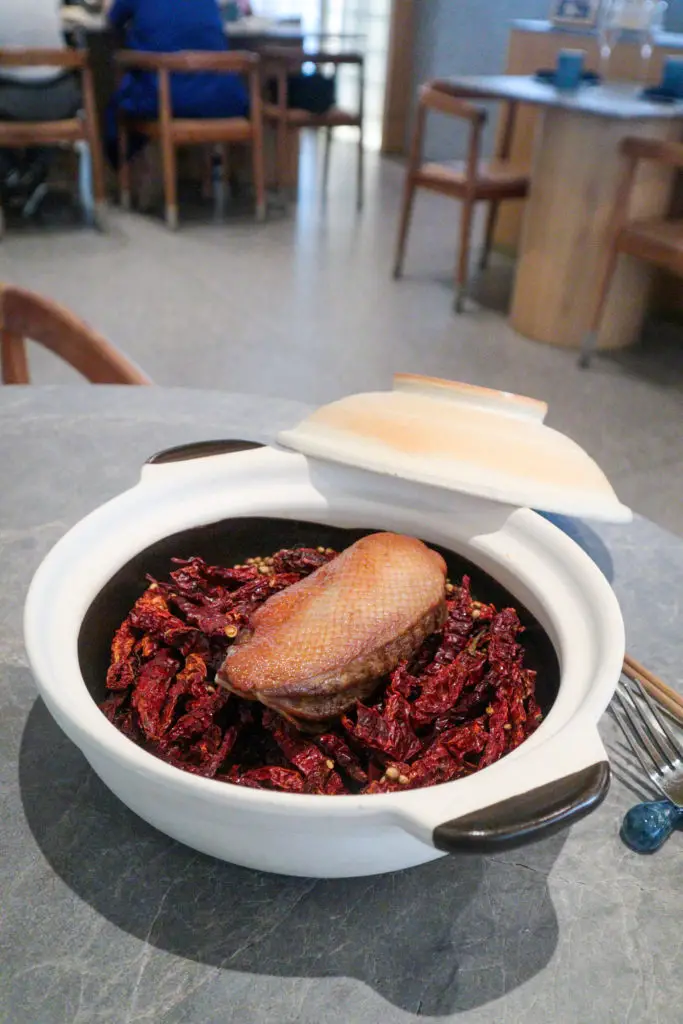
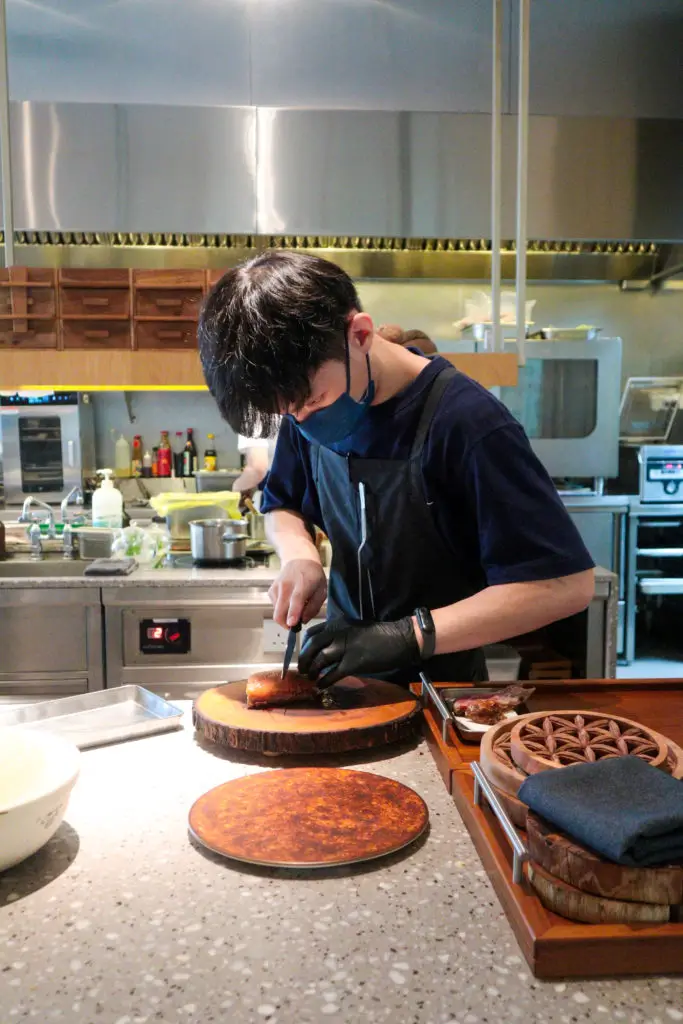
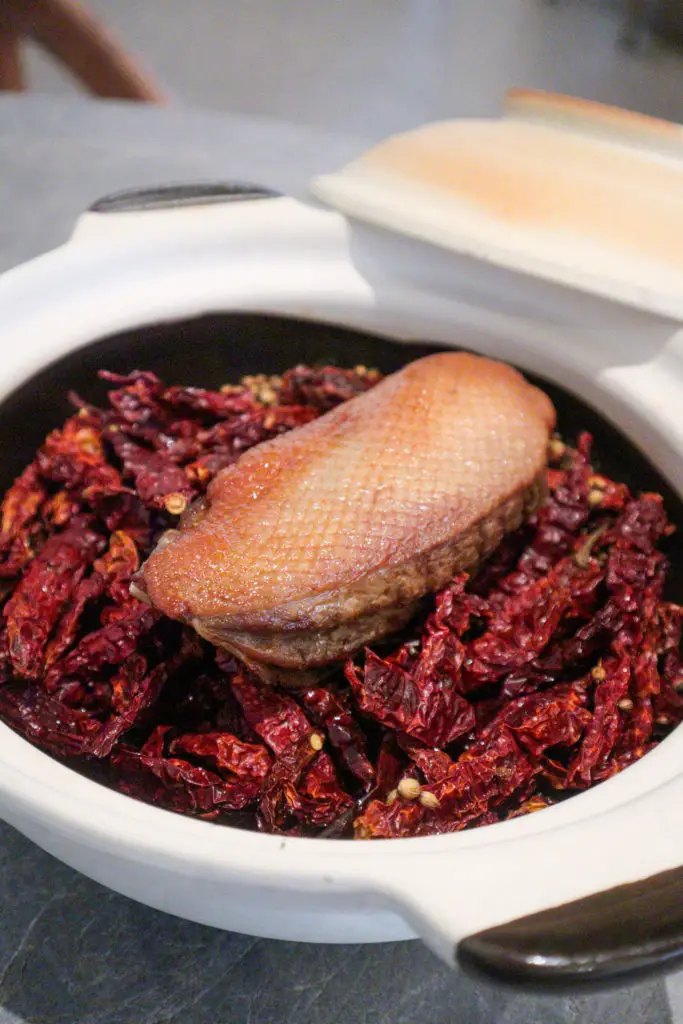
Our final savoury dish of the day was dry-aged duck served with mustard greens, master stock reduction and bao buns.
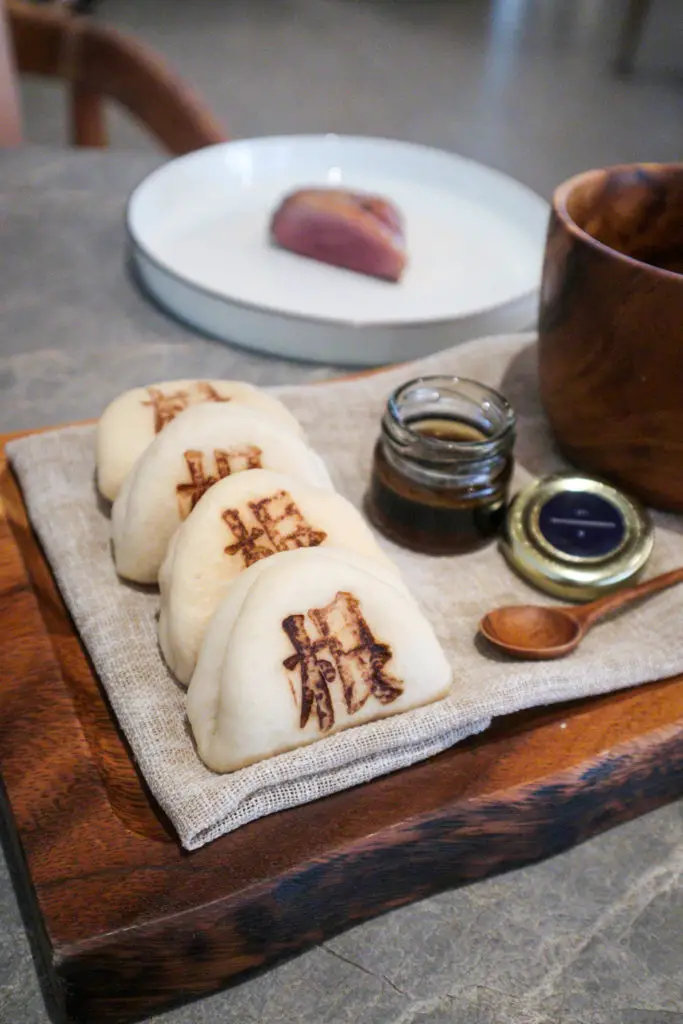
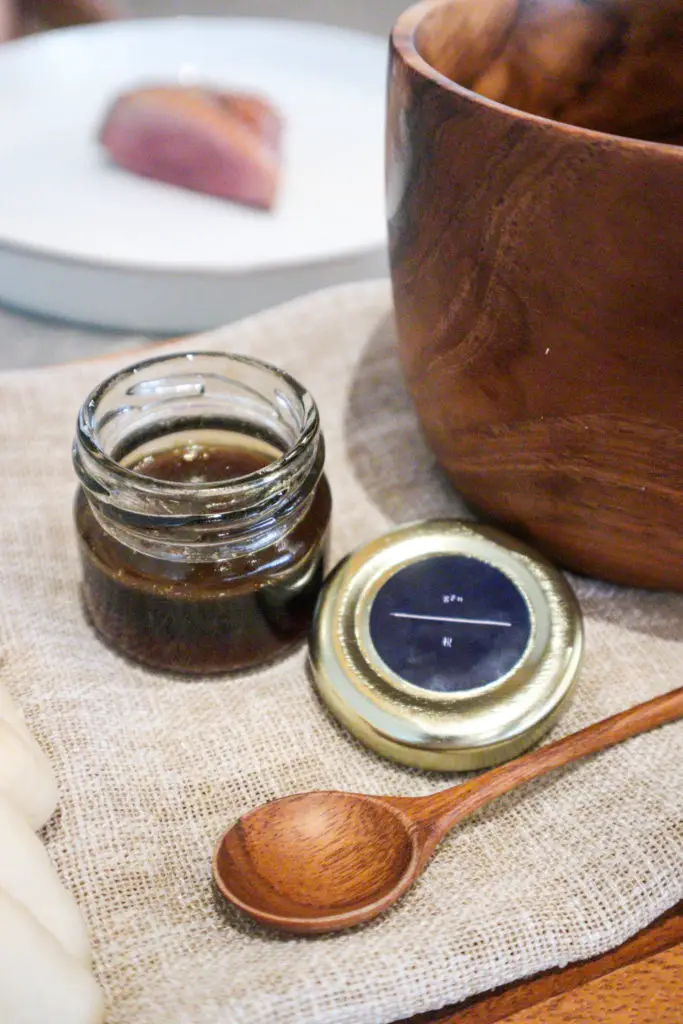
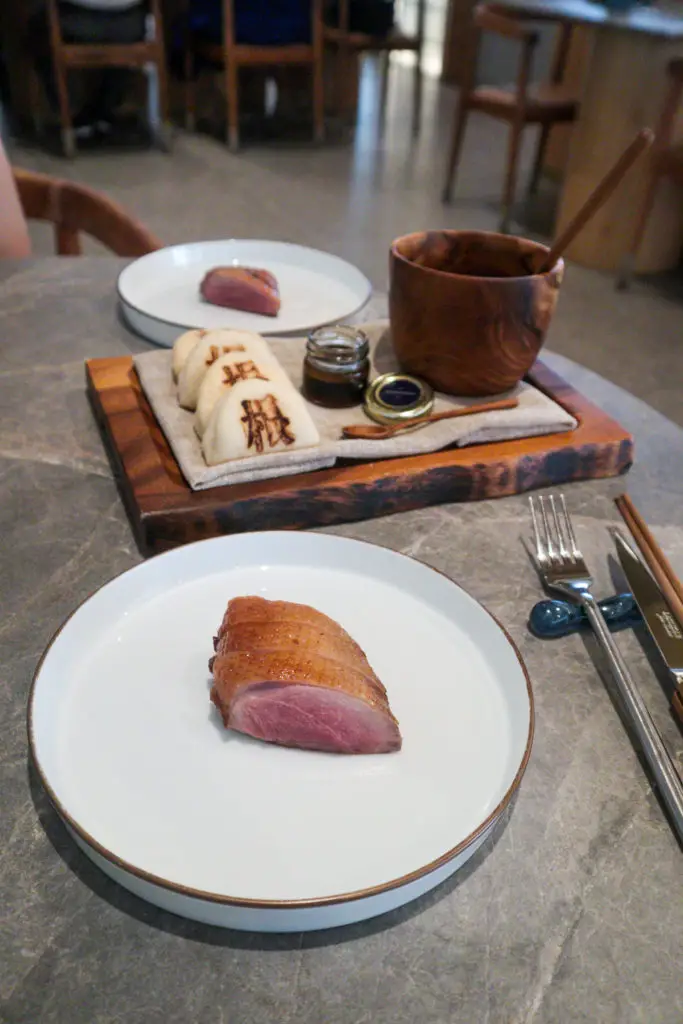
Albeit tender, the duck was slightly gamey and had an overpowering taste when eaten on its own. However, it came together perfectly when wrapped in the bao with the mustard greens and duck jus.
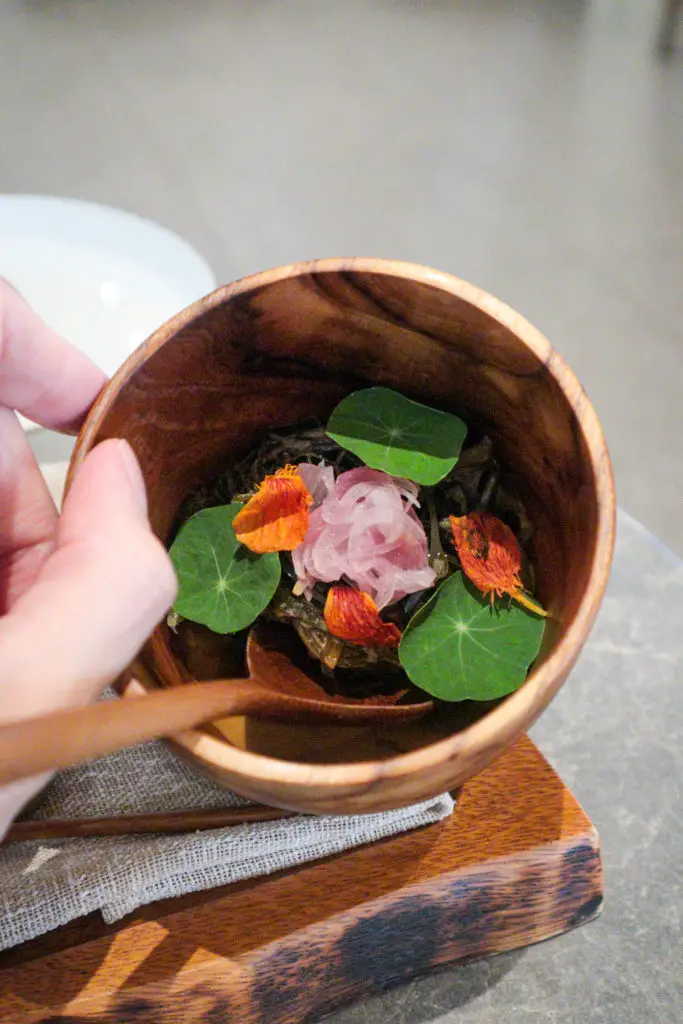
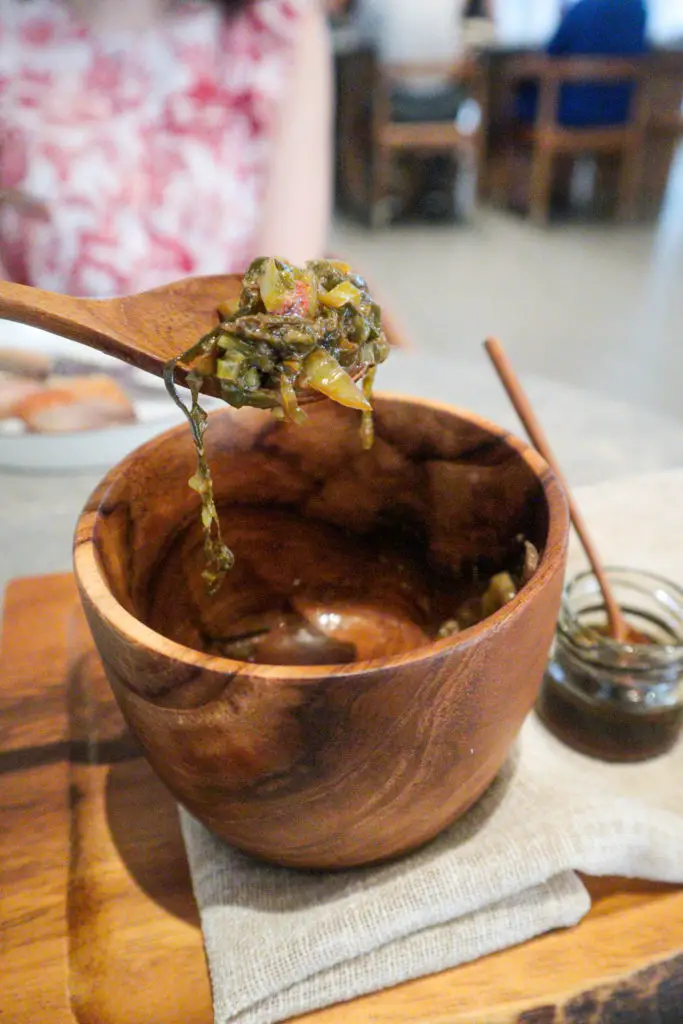
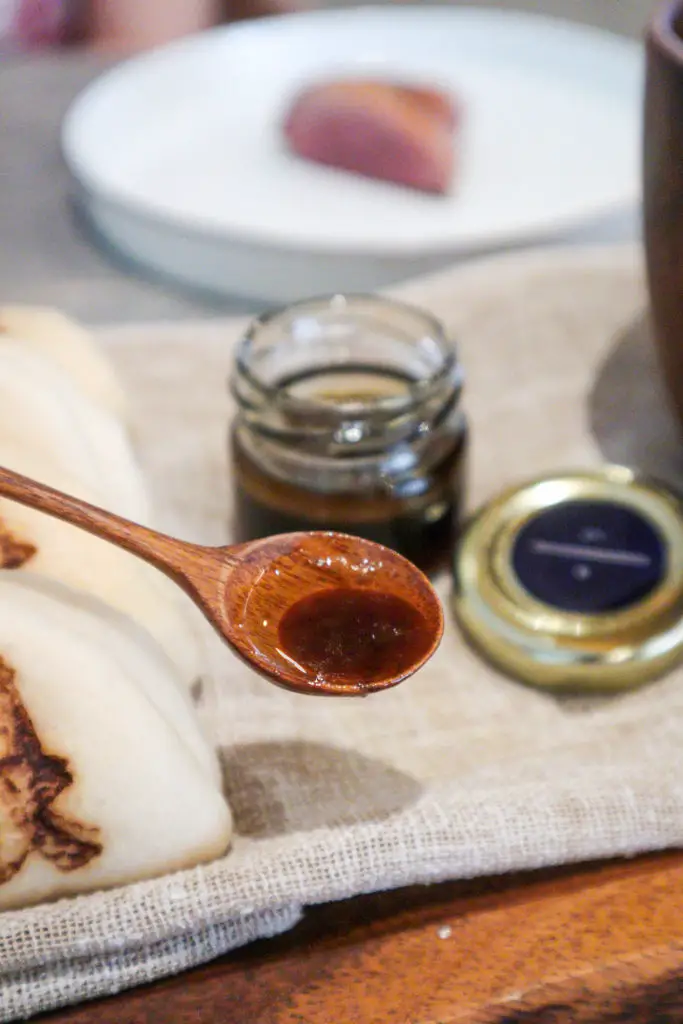
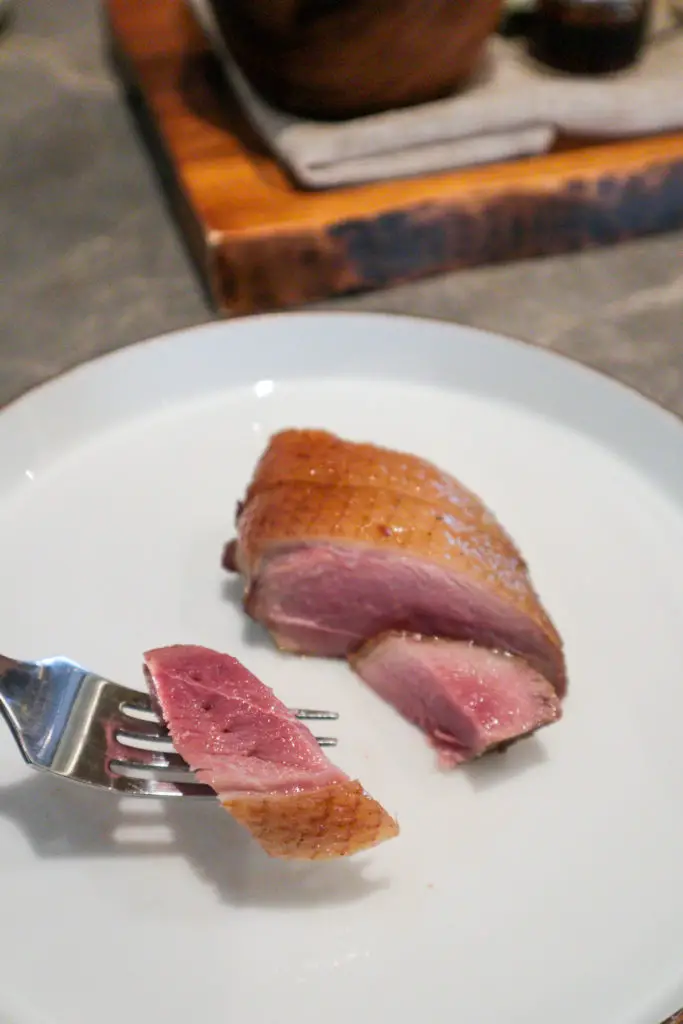
We enjoyed the combination of sweet, sour and savoury here.
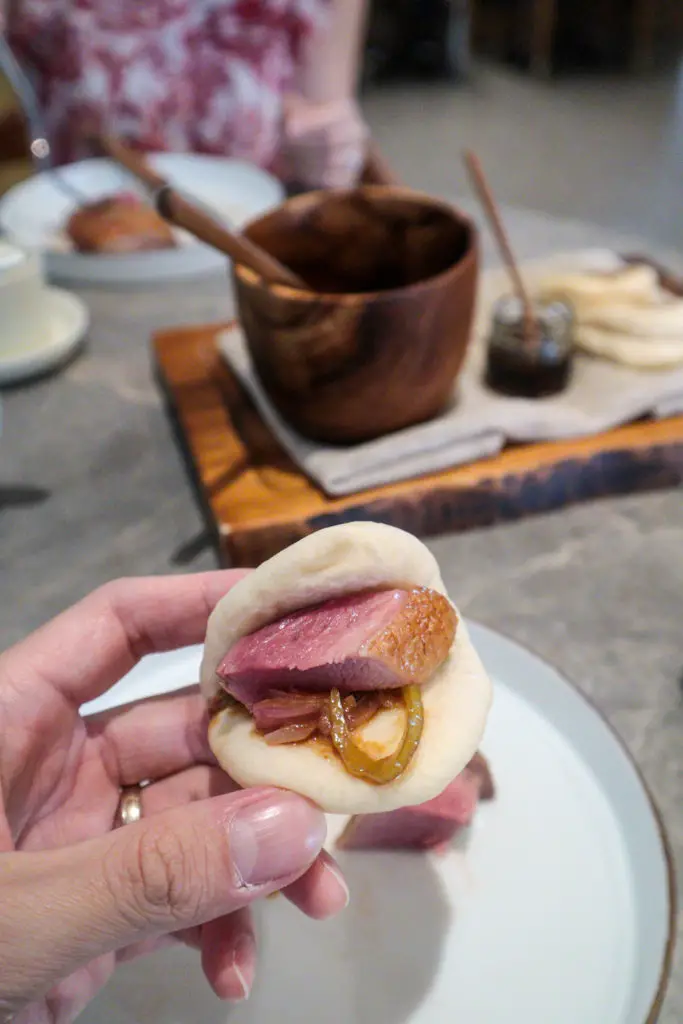
Pineapple sorbet with soy sauce
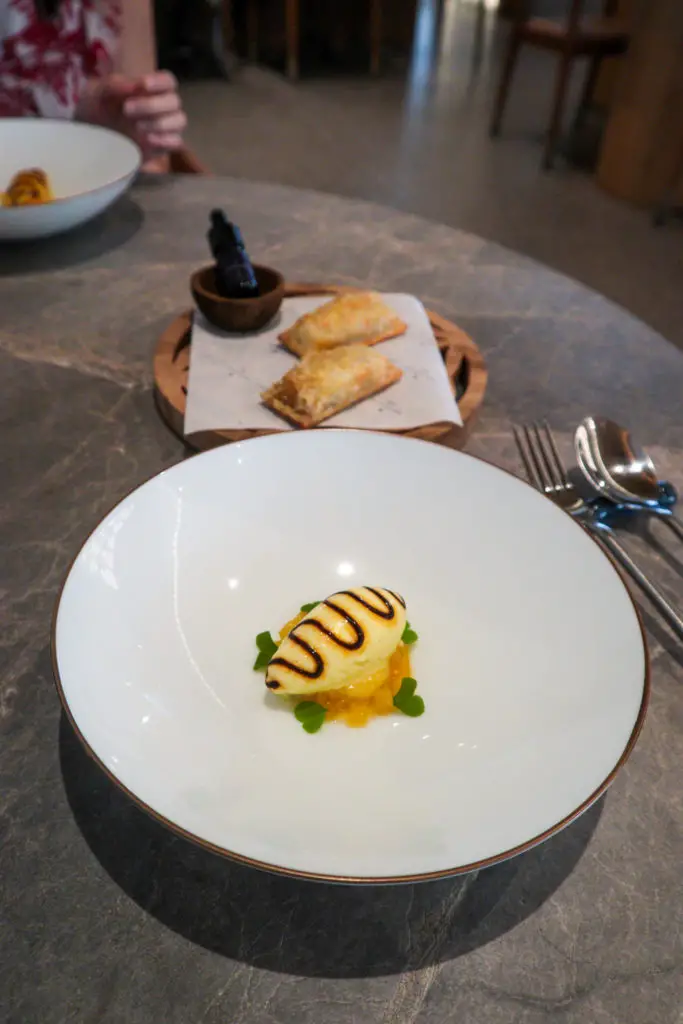
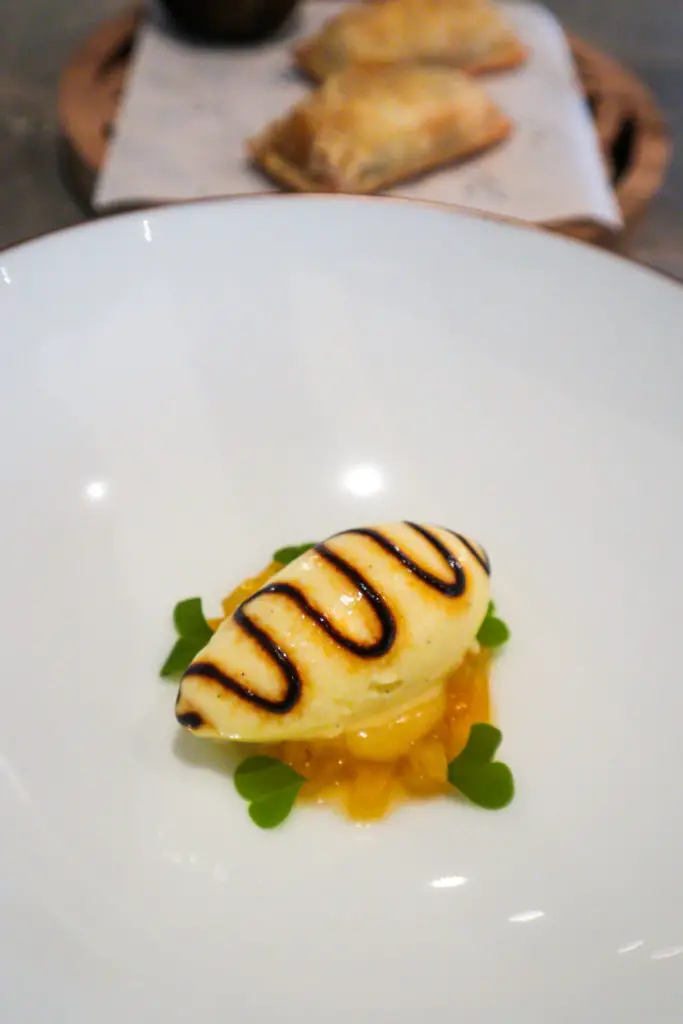
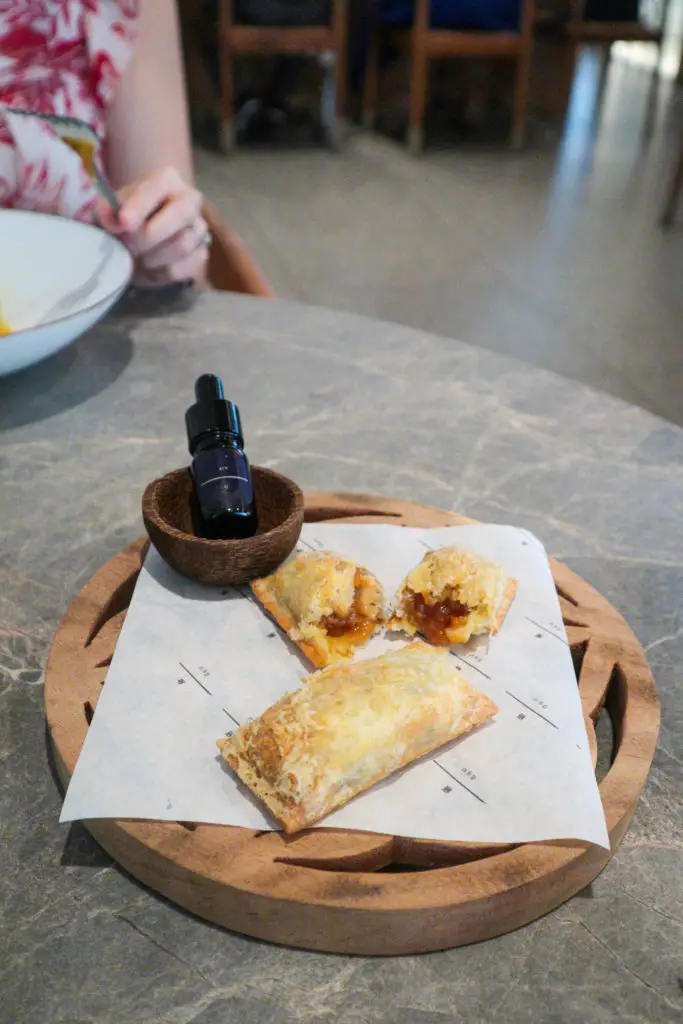
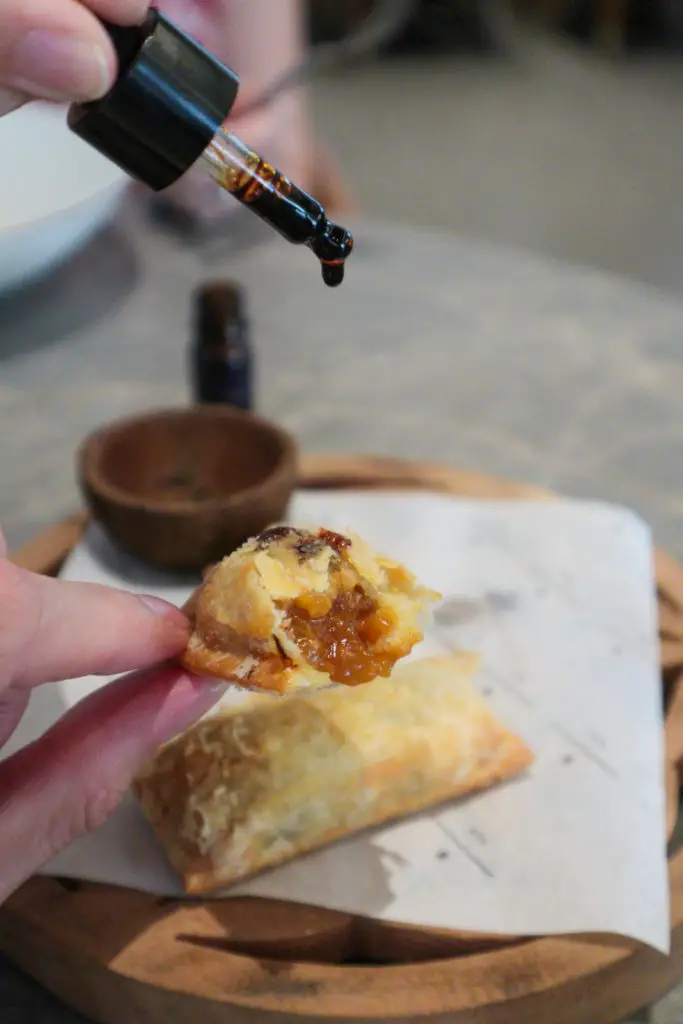
The pineapple sorbet was sweet and light.
The highlight had to be the pineapple tart on the side – served warm with a drop of Penang soy sauce. The soy sauce helped dial down the tangy sharpness of the pineapple tart.
Lychee puff
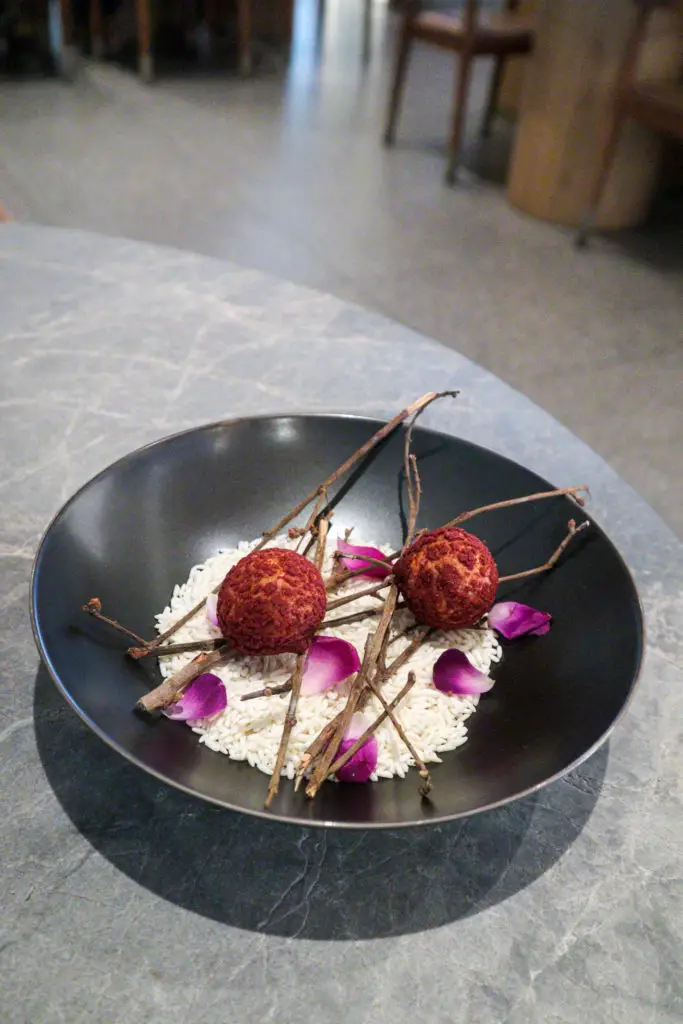
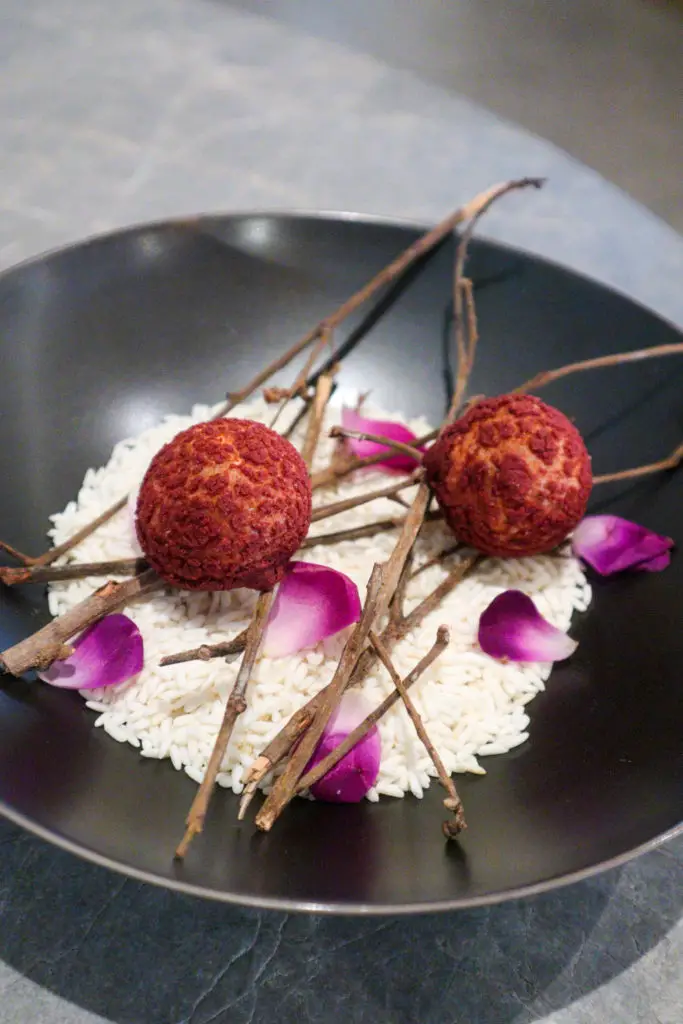
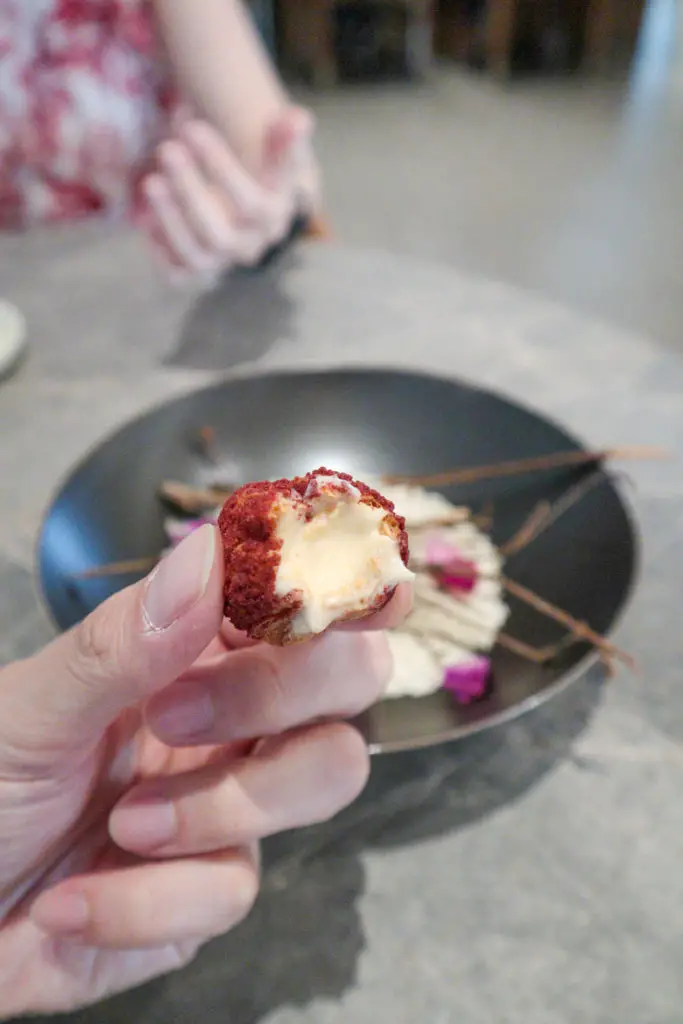
Finally, we ended the meal with puffs that were made to look like lychee fruit – the presentation here was top-notch. A bite reveals cold fermented rice cream on the inside with lychee flavours.
Excellent and attentive service
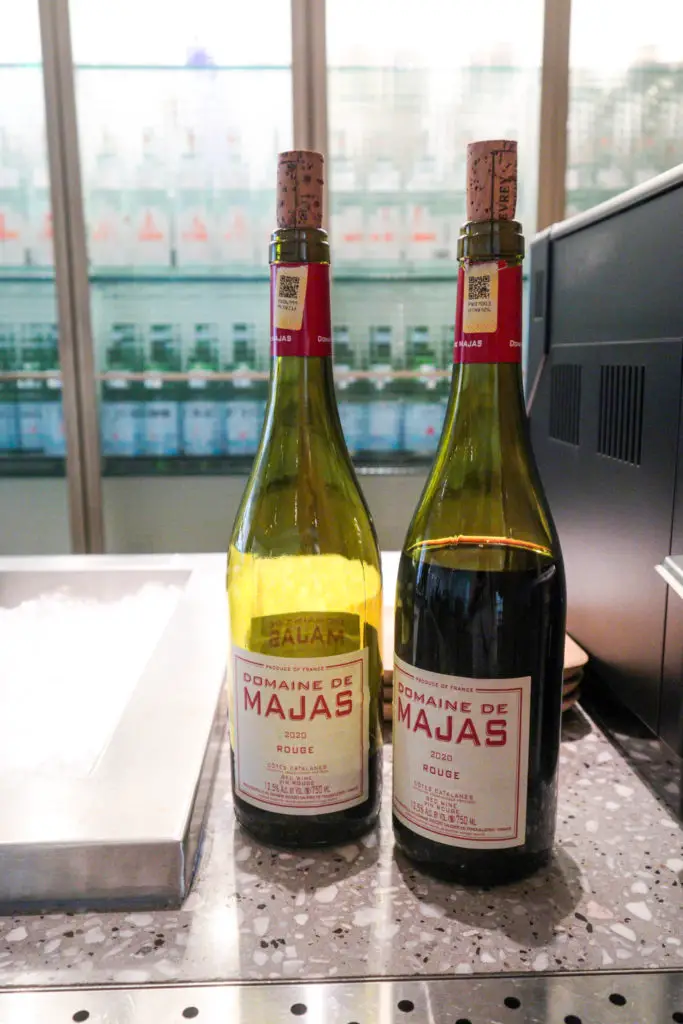
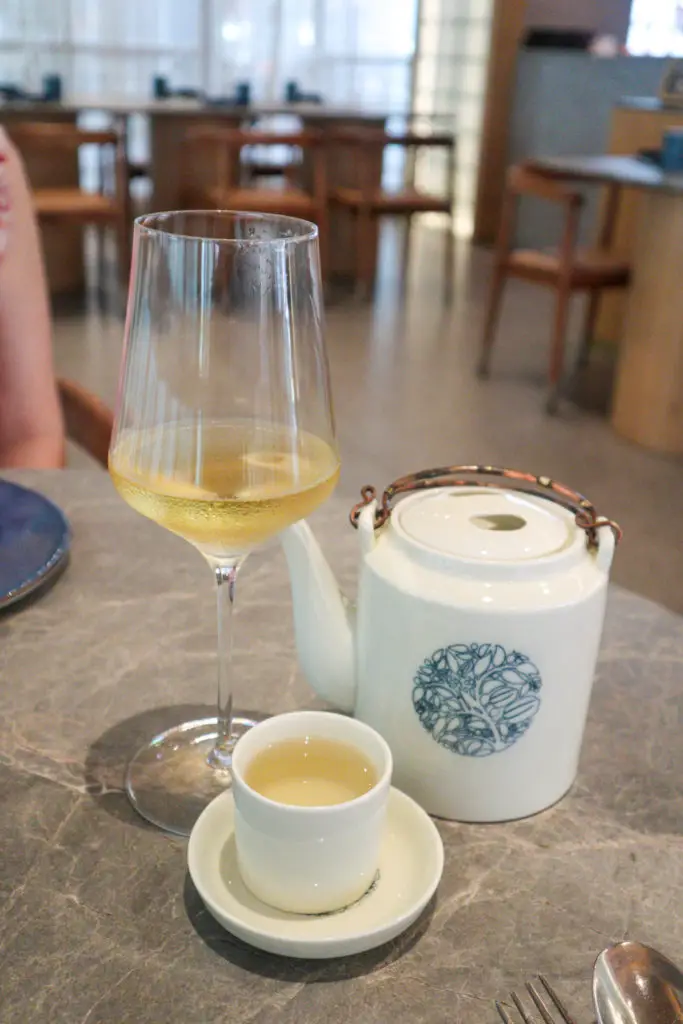

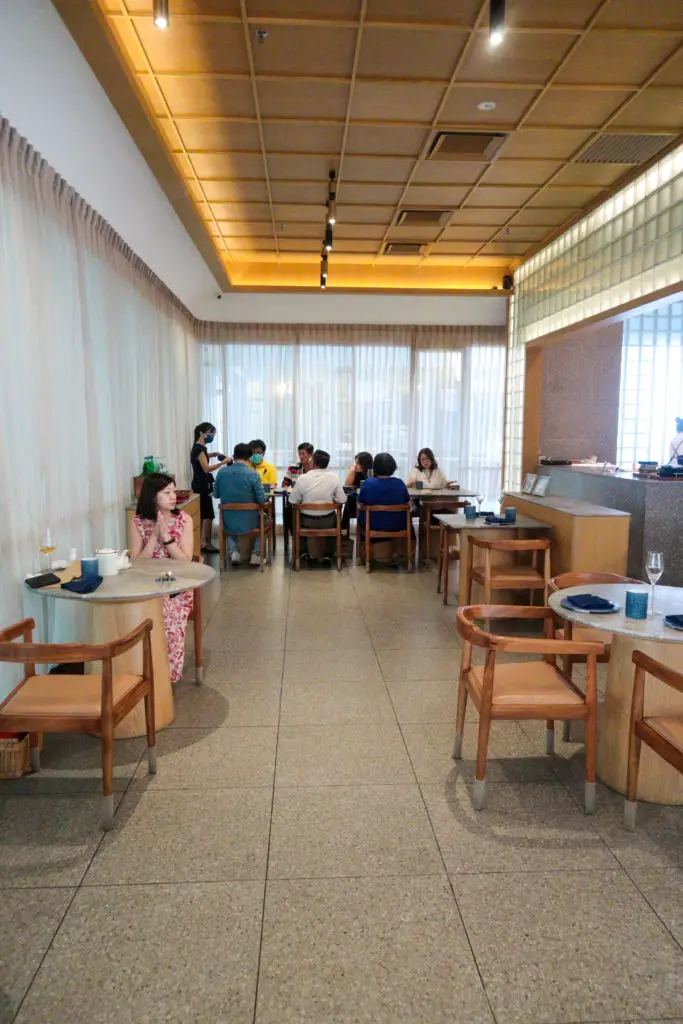
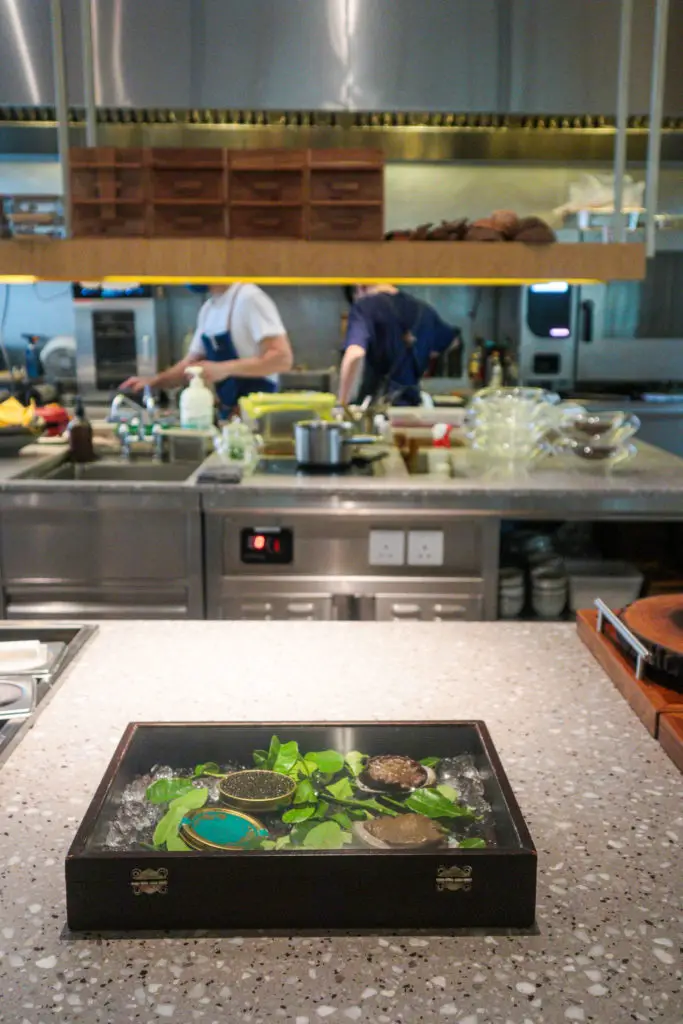
All in, we enjoyed our meal here. The service was attentive and excellent!
This was the first time any maître d’ (head waiter) noticed that Max is a leftie, and offered to arrange the tableware to suit his preference.
They were ever so attentive in accommodating all our requests and questions about the dishes – lol, us being the inquisitive food bloggers.
They also never tire in regaling the stories and concepts behind each dish, and even recommended some activities and restaurants to check out here in Penang.
Highly recommended!
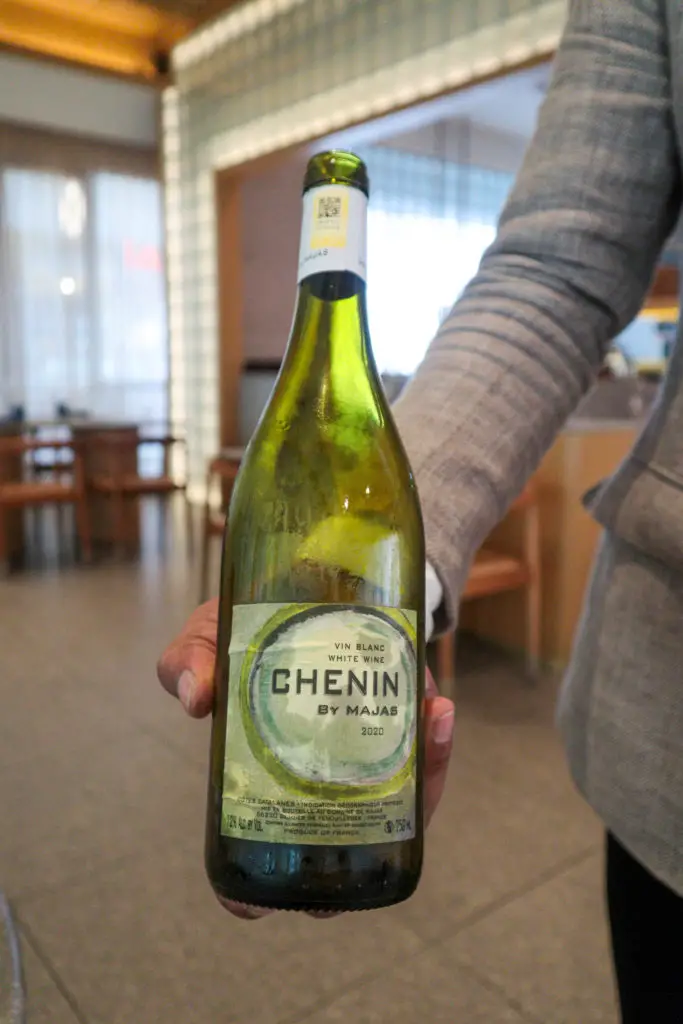
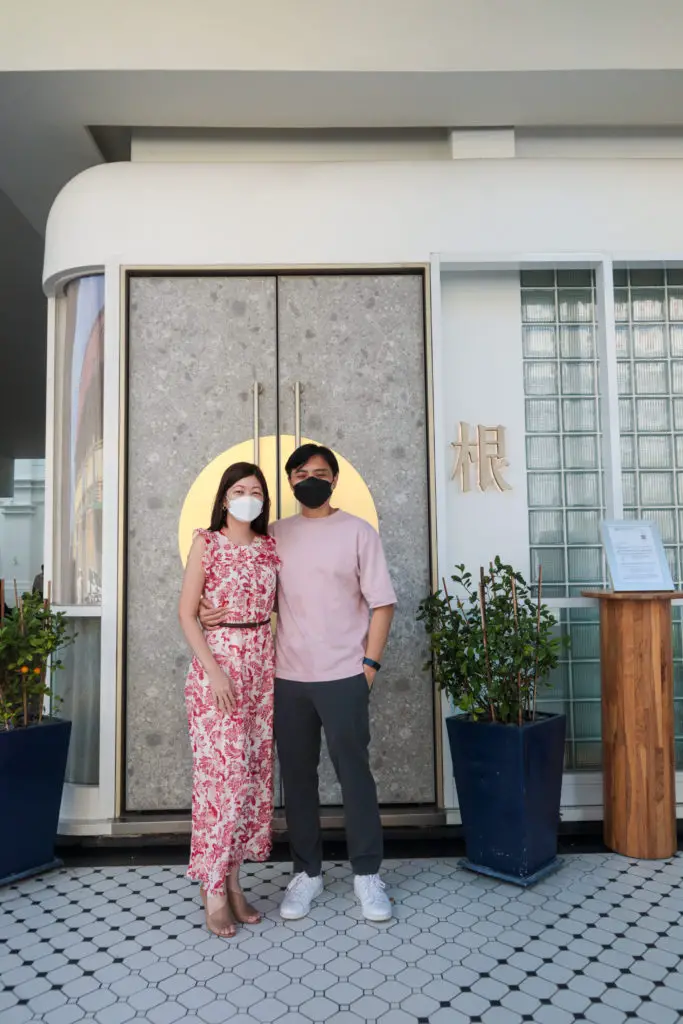
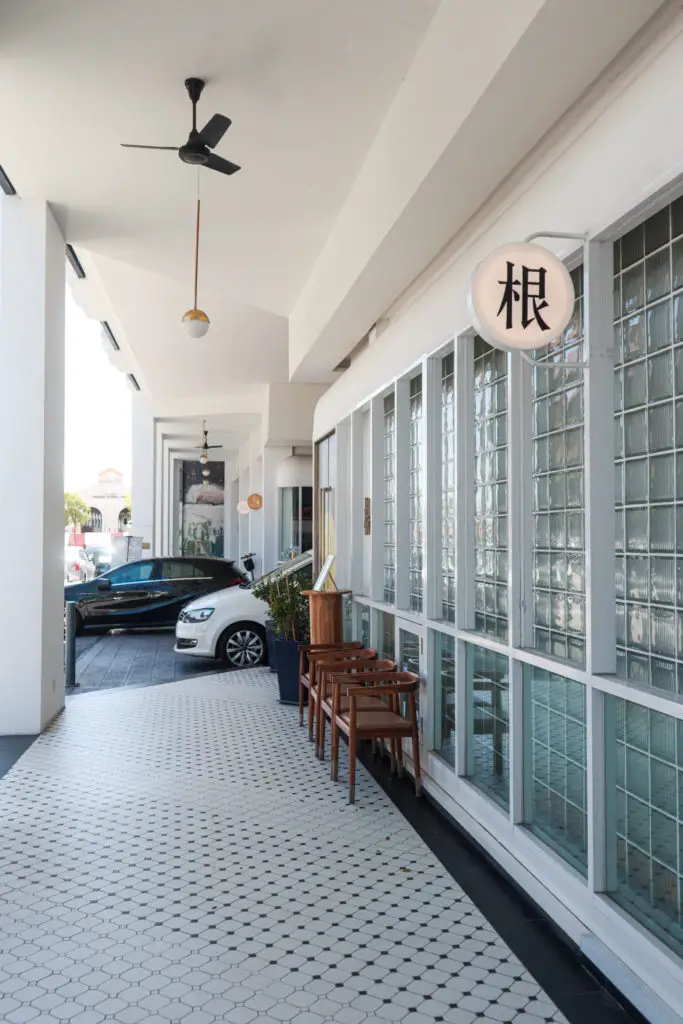
If you tire of hawker food in Penang, and want a unique fine-dining Penang experience – we cannot recommend gēn 根 enough. HIGHLY RECOMMENDED!
We recommend making reservations as well. The space is small but intimate (we counted 17 seats) and minimalistic in the way of a sushi bar.
Follow us on Instagram
Follow us on Instagram for the latest food adventures and recipes. Check out the gēn 根 reel below.
gēn 根 Gen Penang
Address: Unit 6, 8, Prestige Hotel, Gat Lebuh Gereja, Georgetown, 10300 George Town, Penang
Hours:
Lunch – 12pm to 3pm (Fri-Sun / Last order 1.30pm)
Dinner – 6pm to 11pm ( Last order 8.30pm)
Closed on Thursdays
Website: https://www.genpenang.com/
Phone: 012-511 3323
